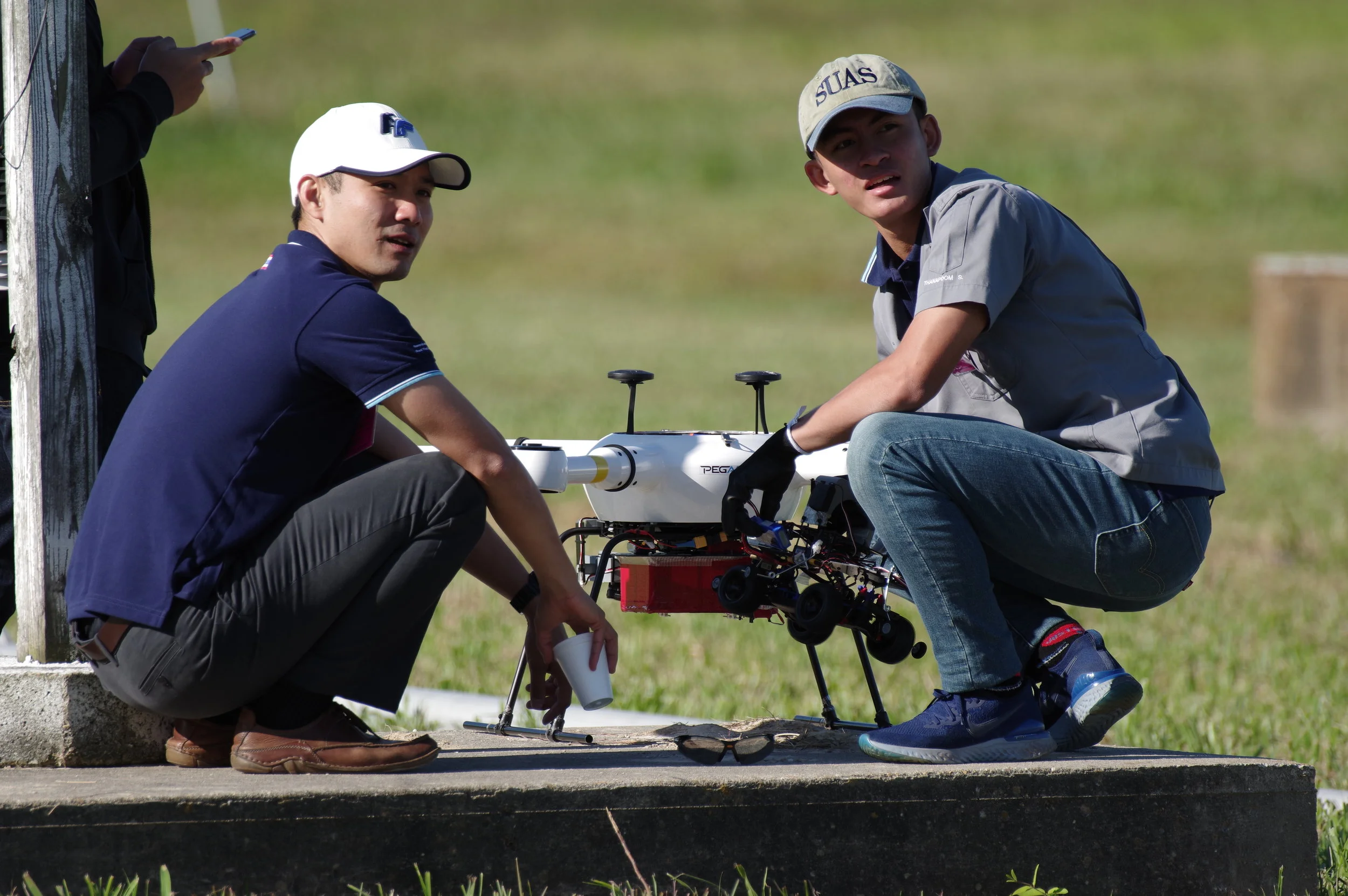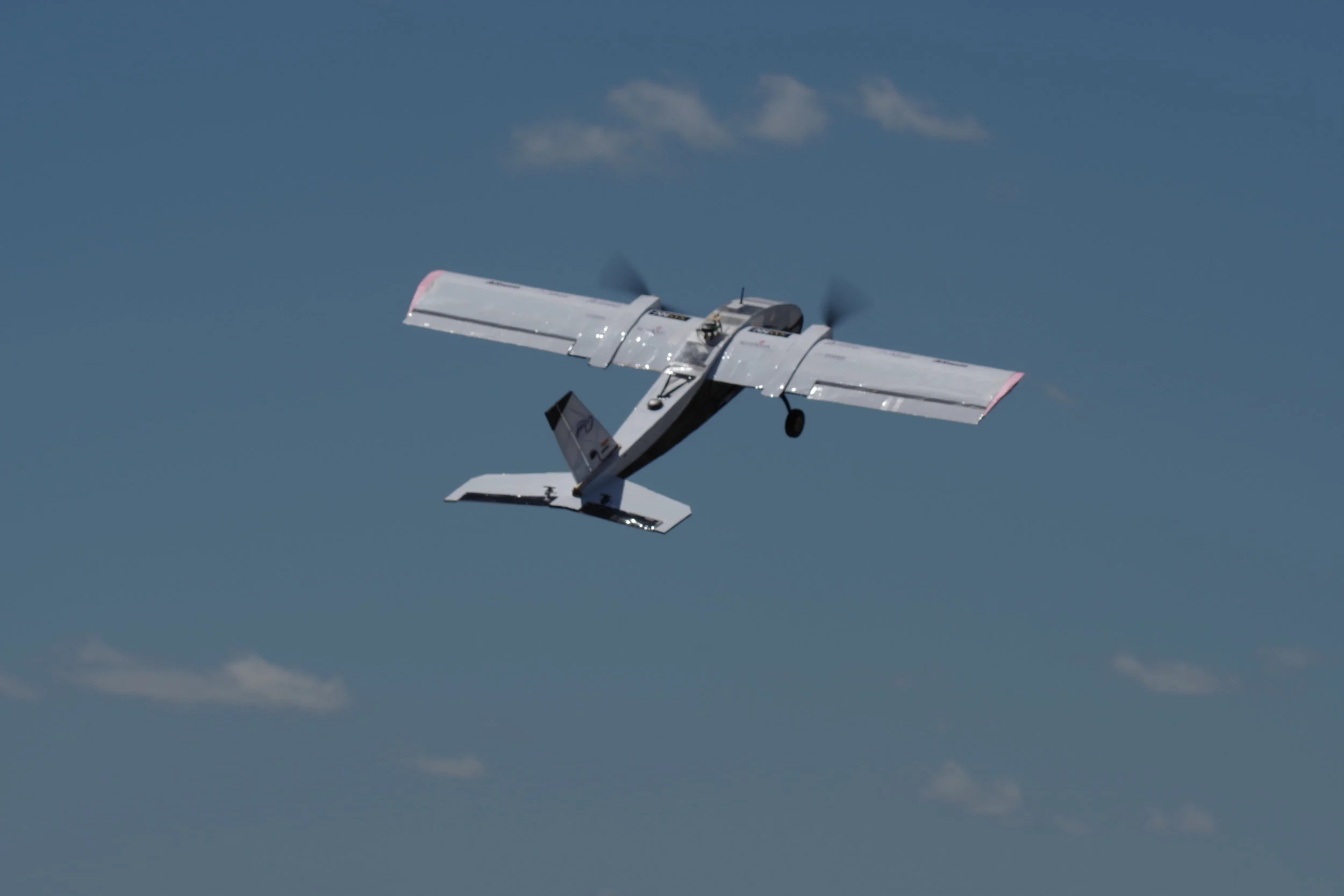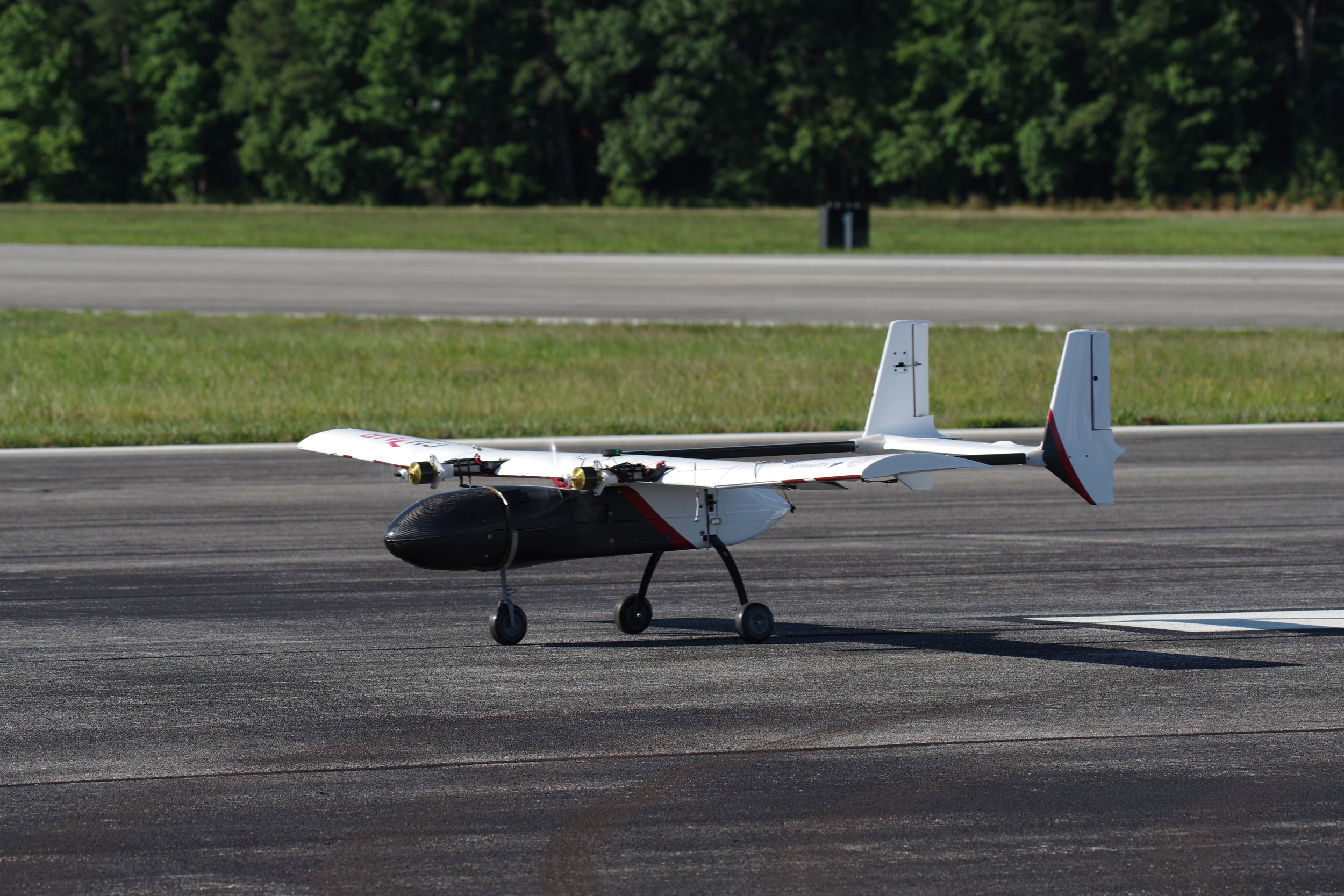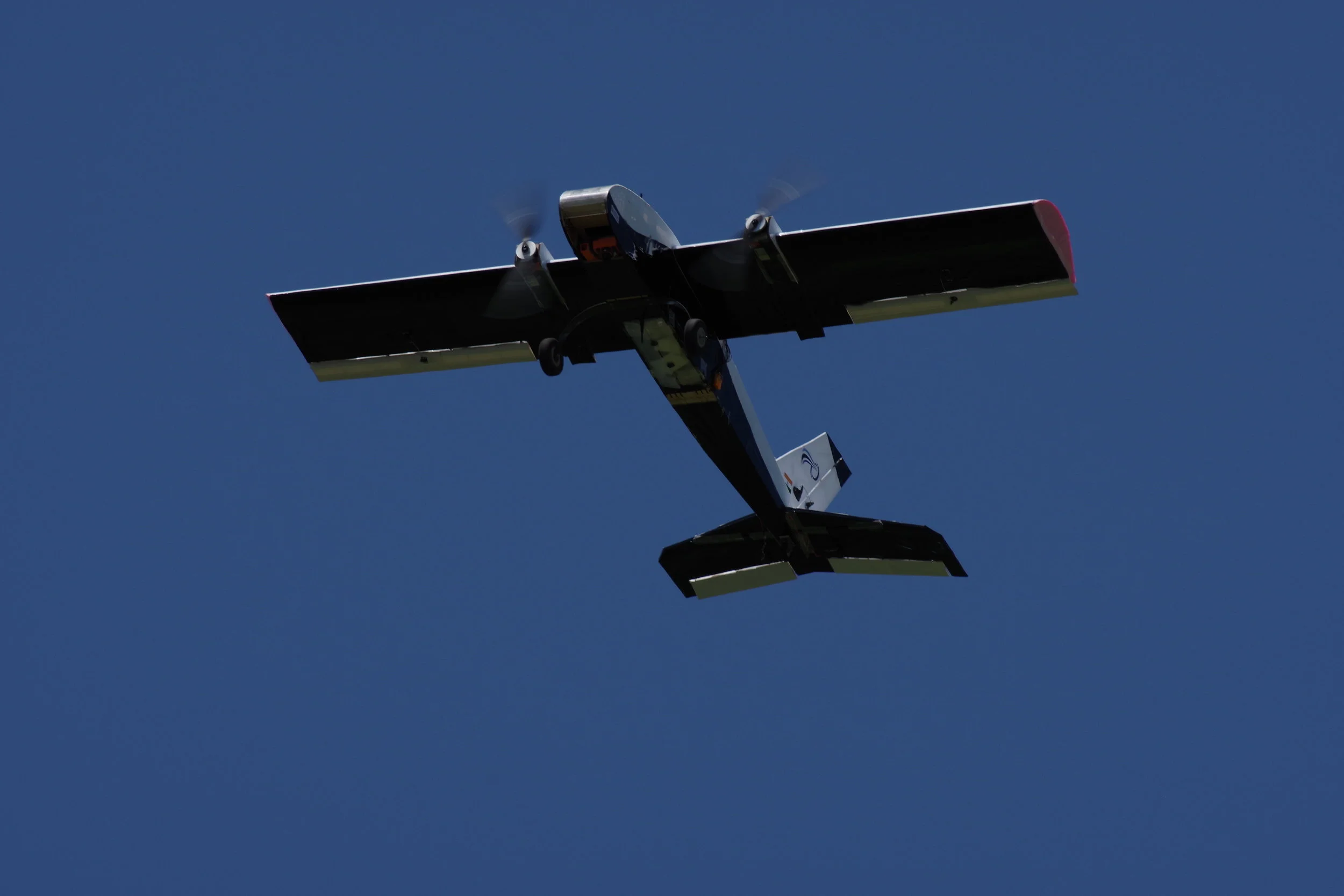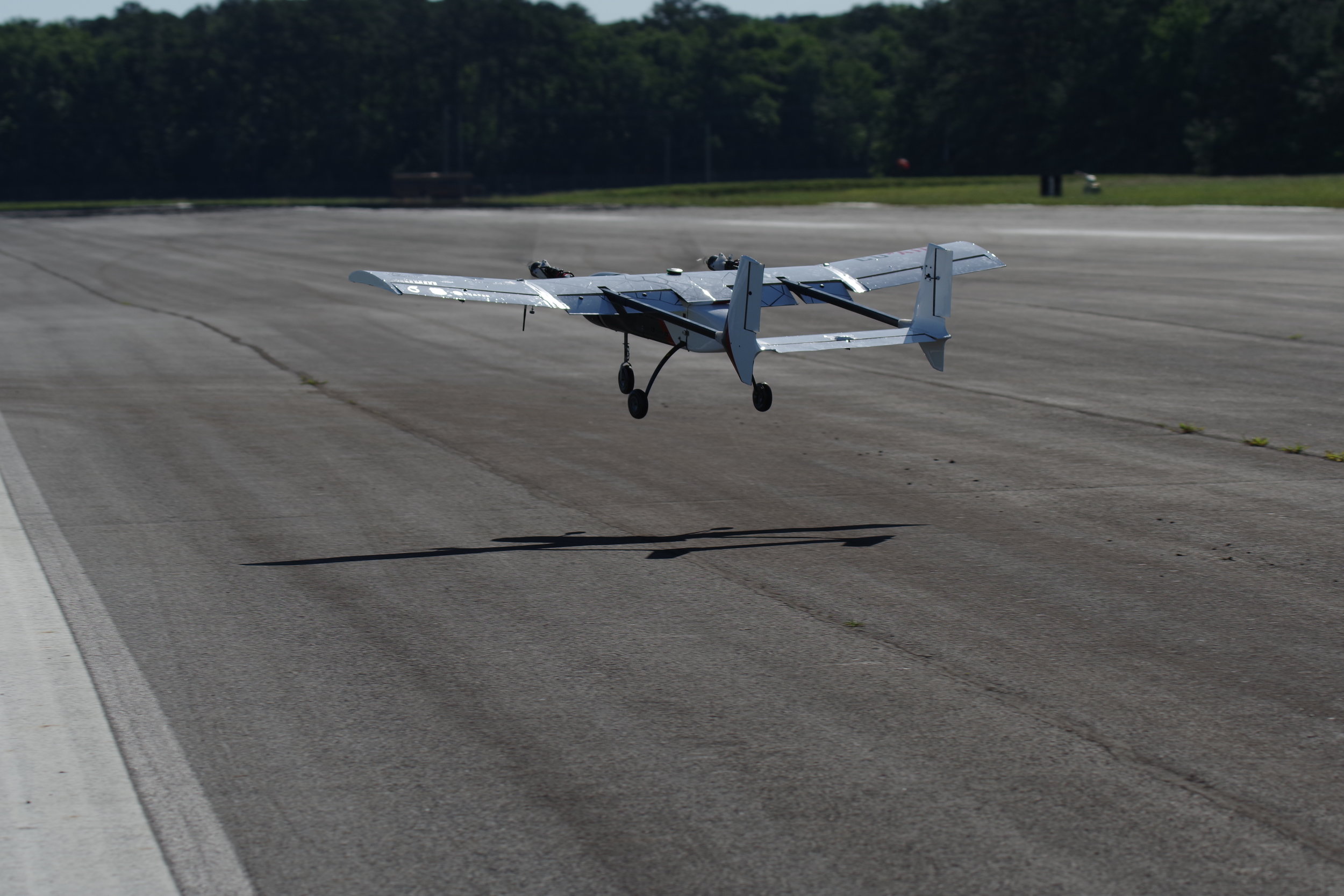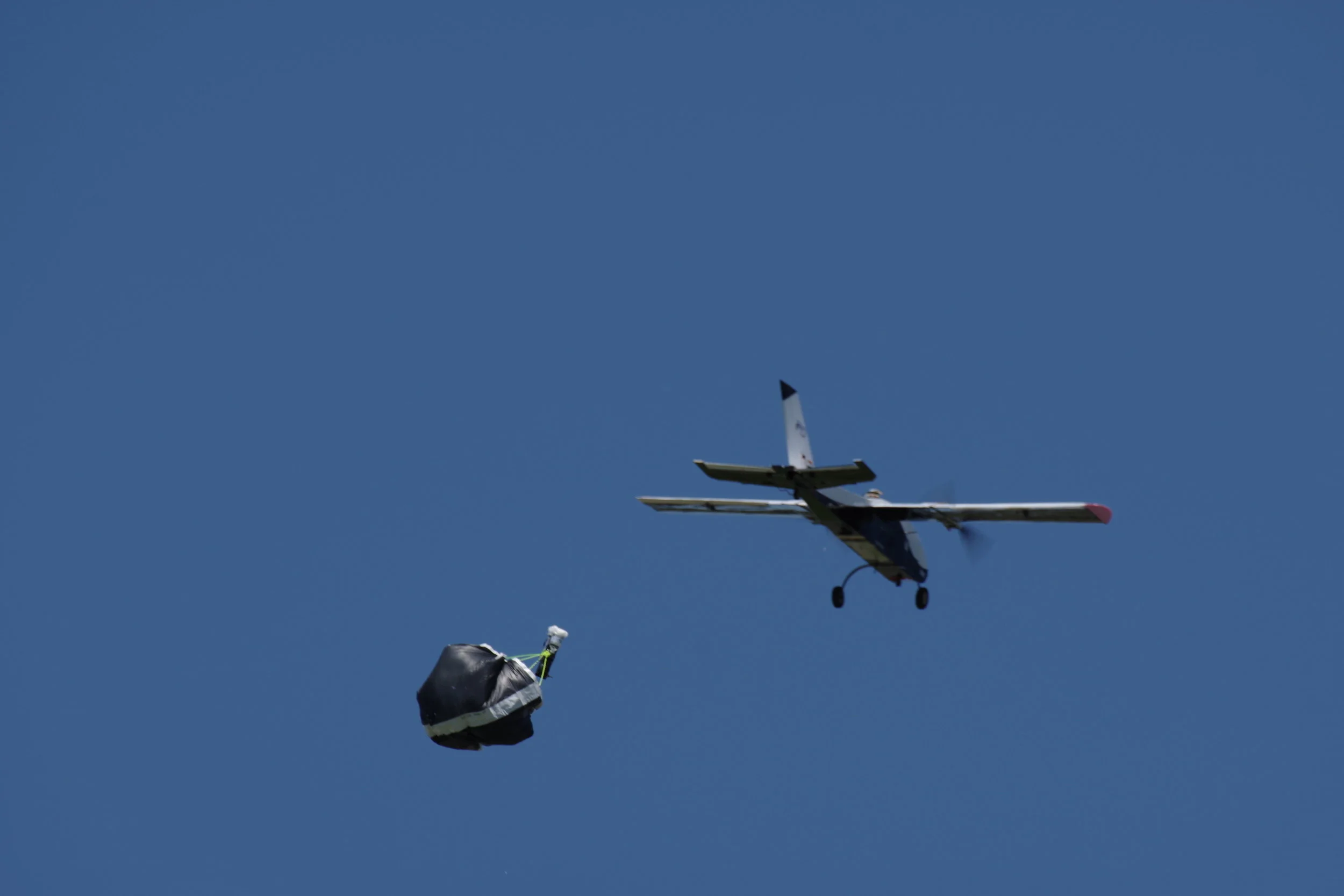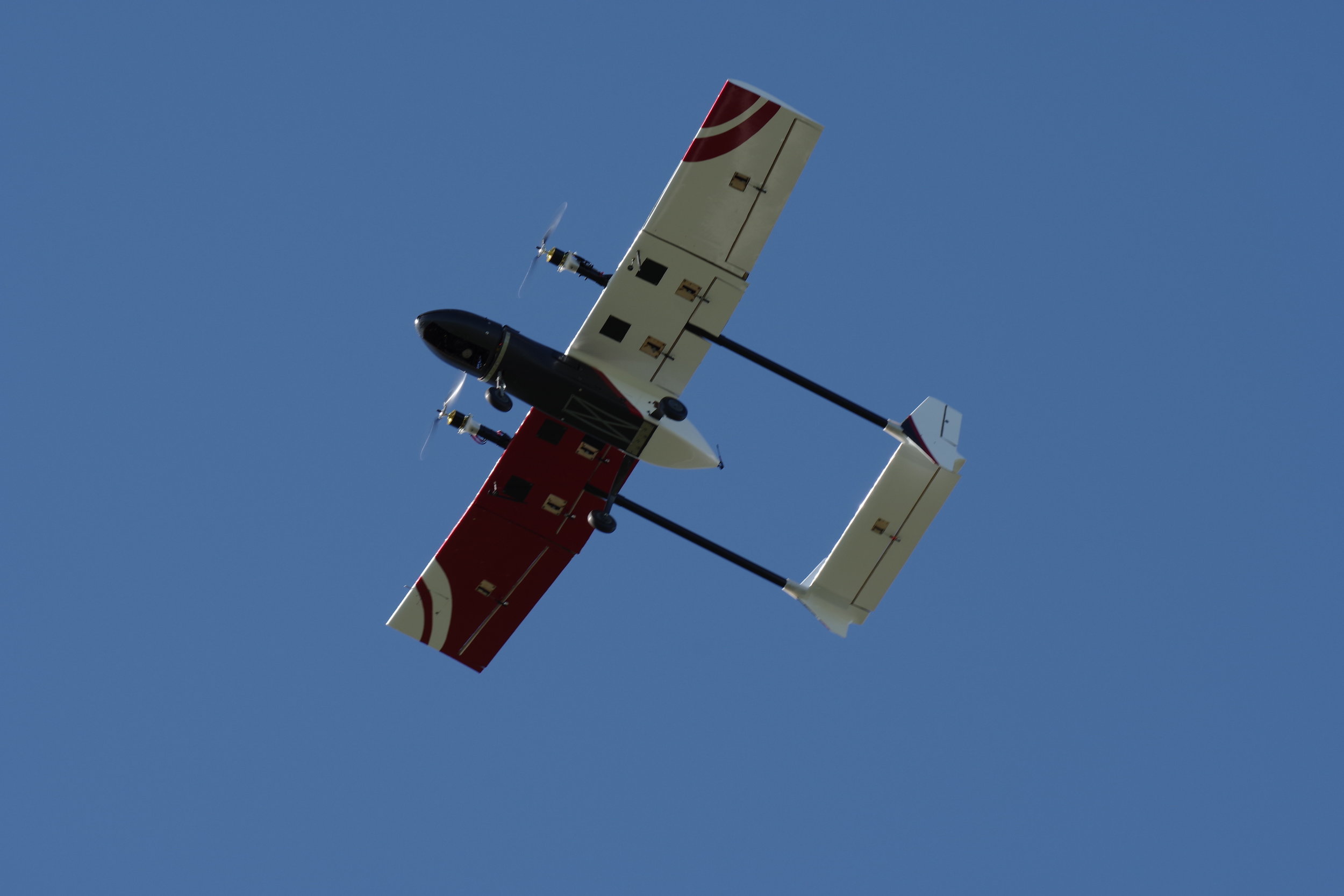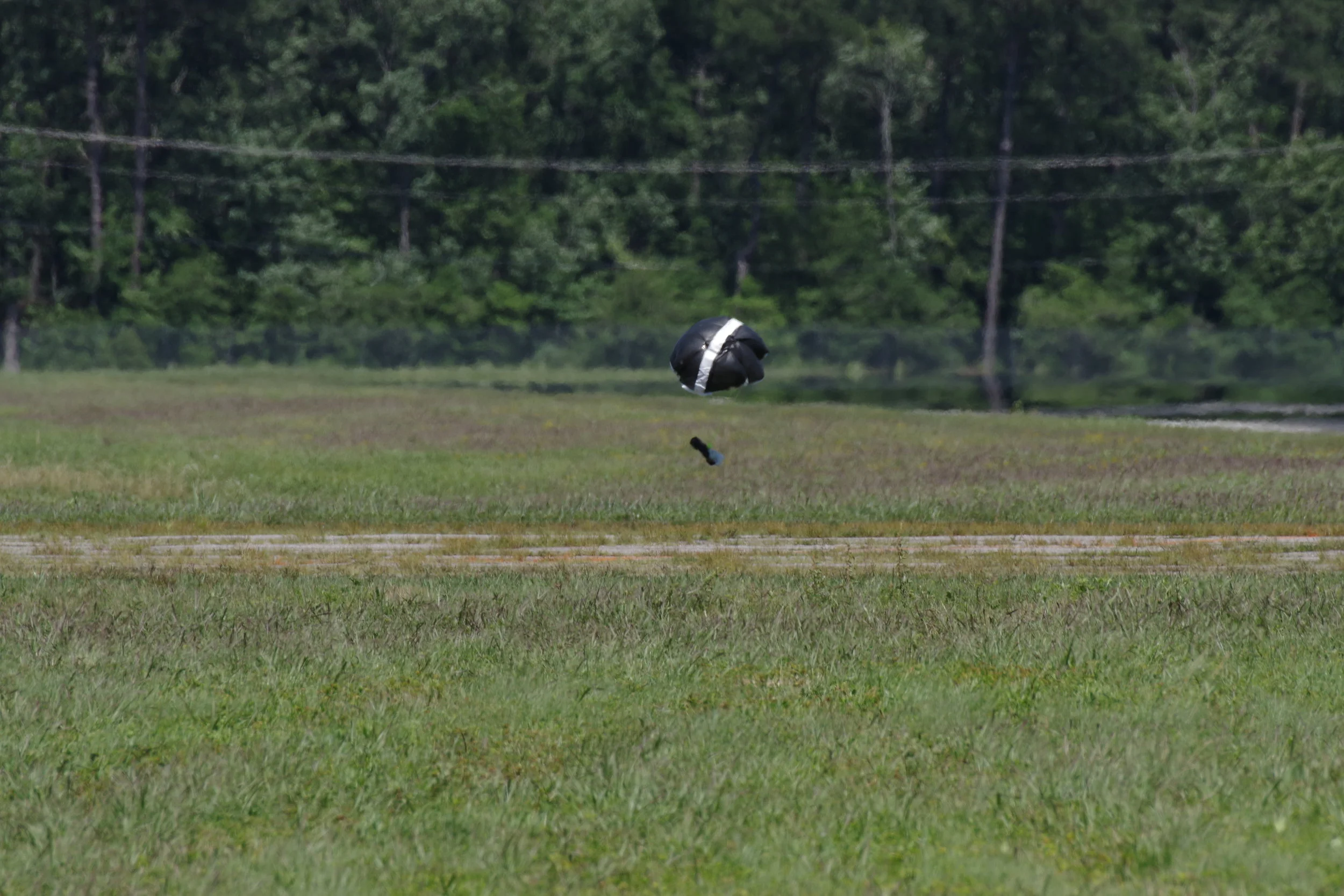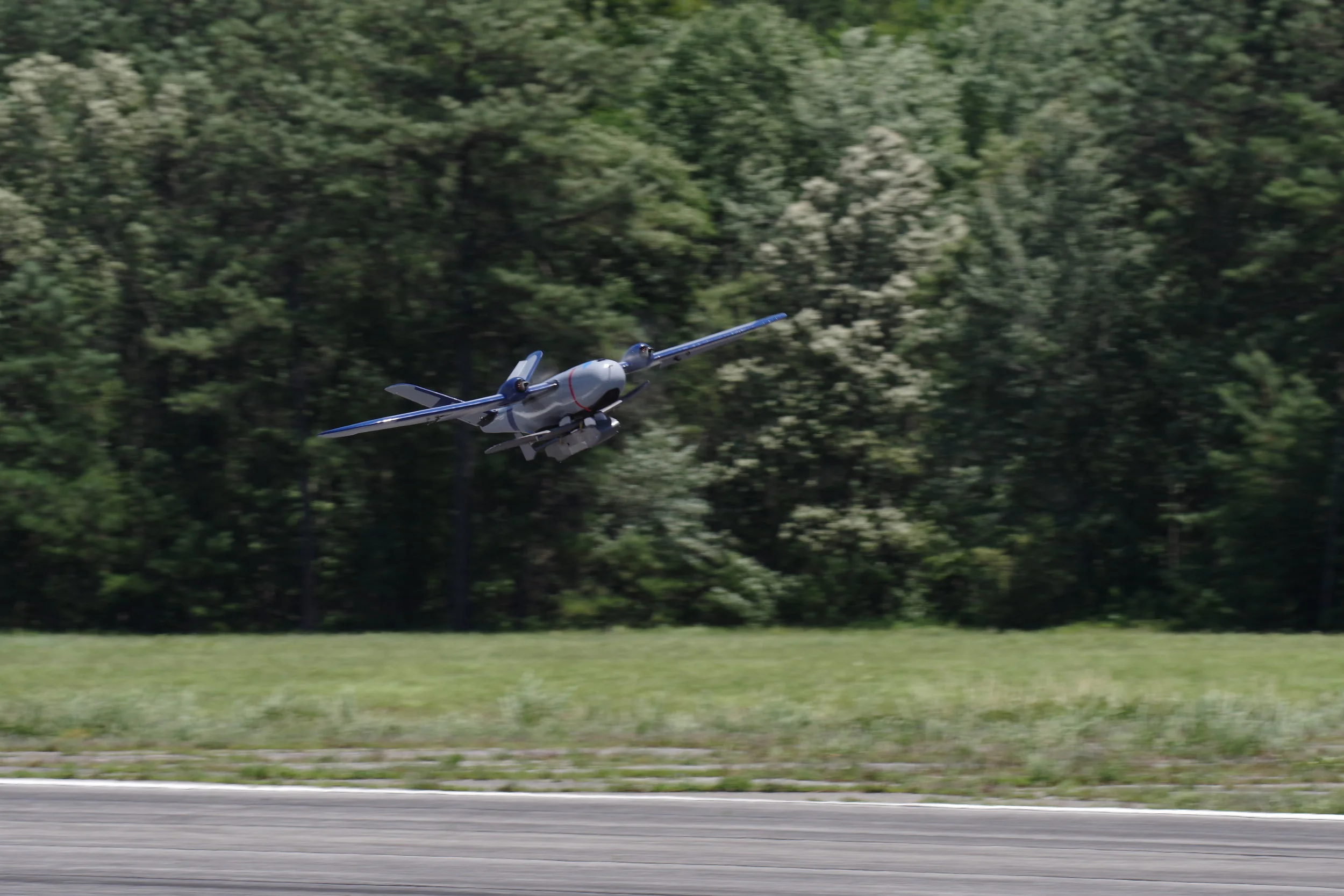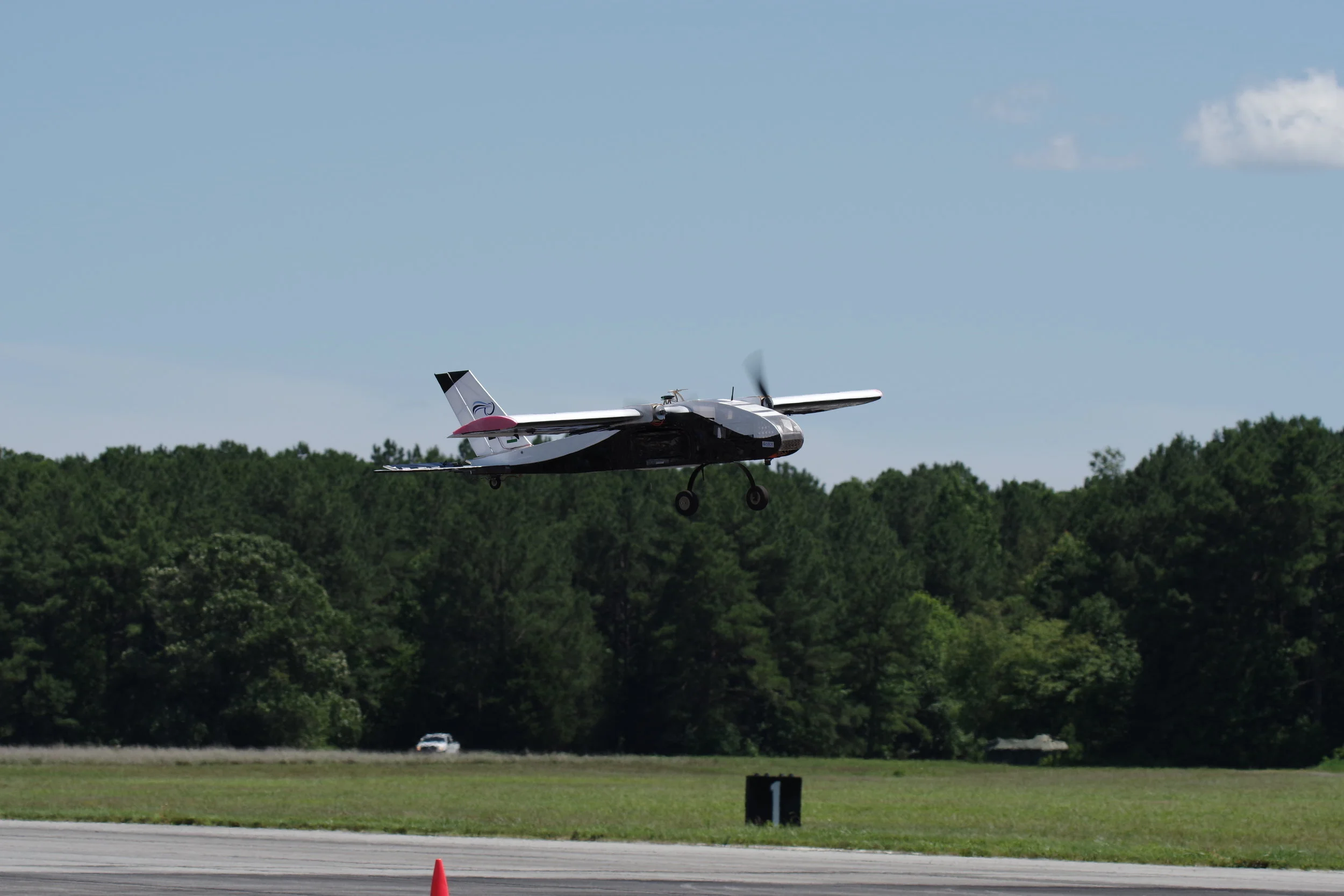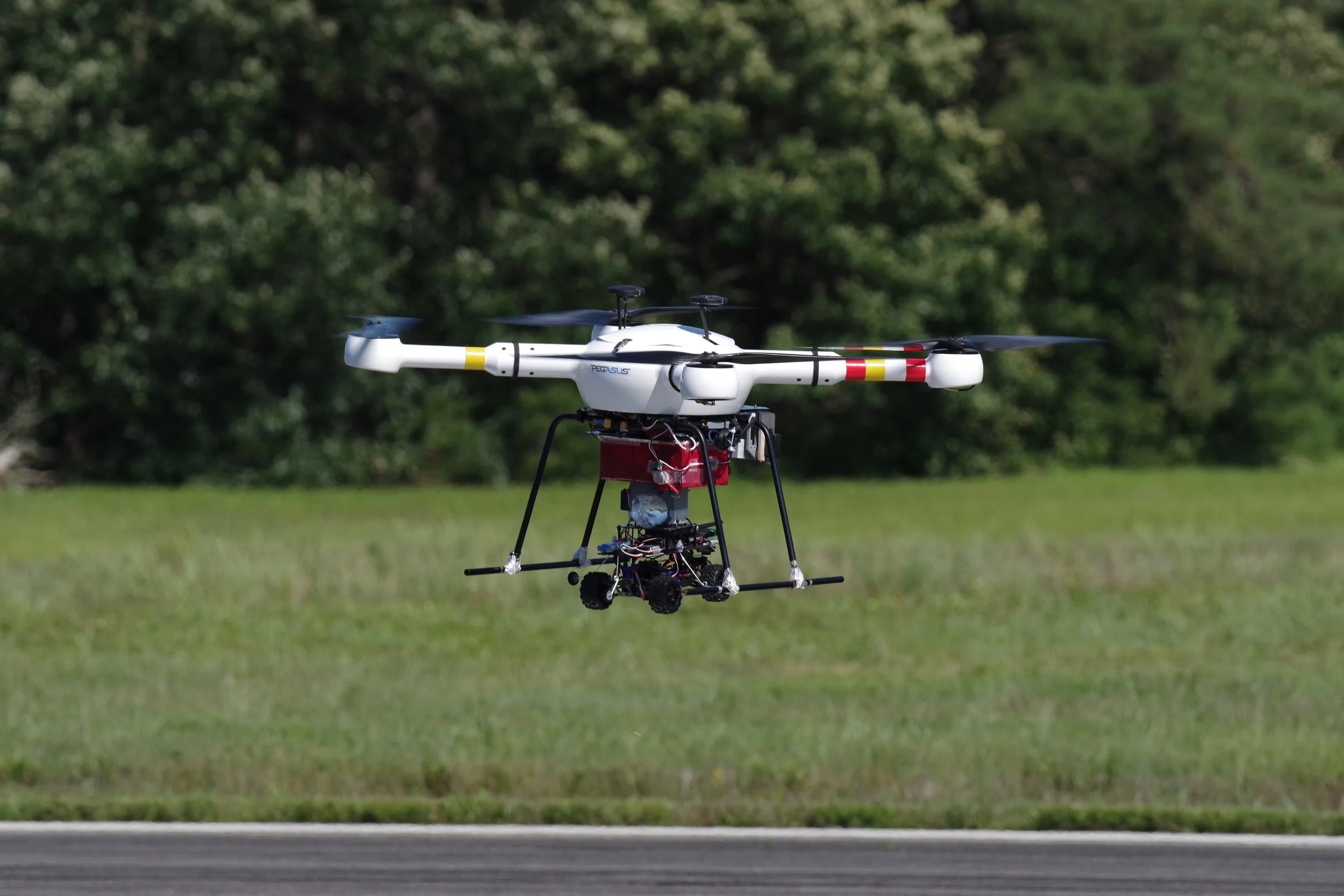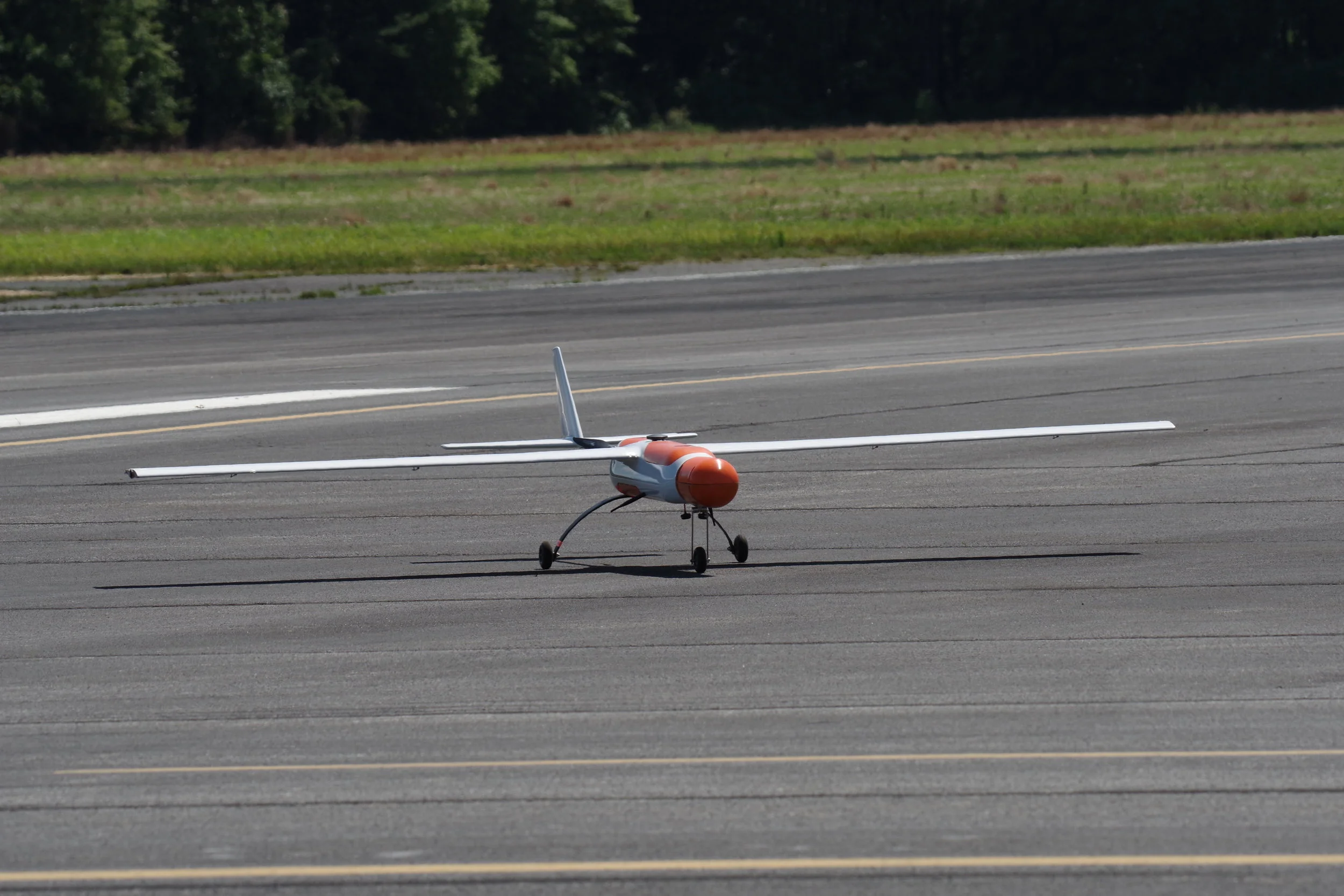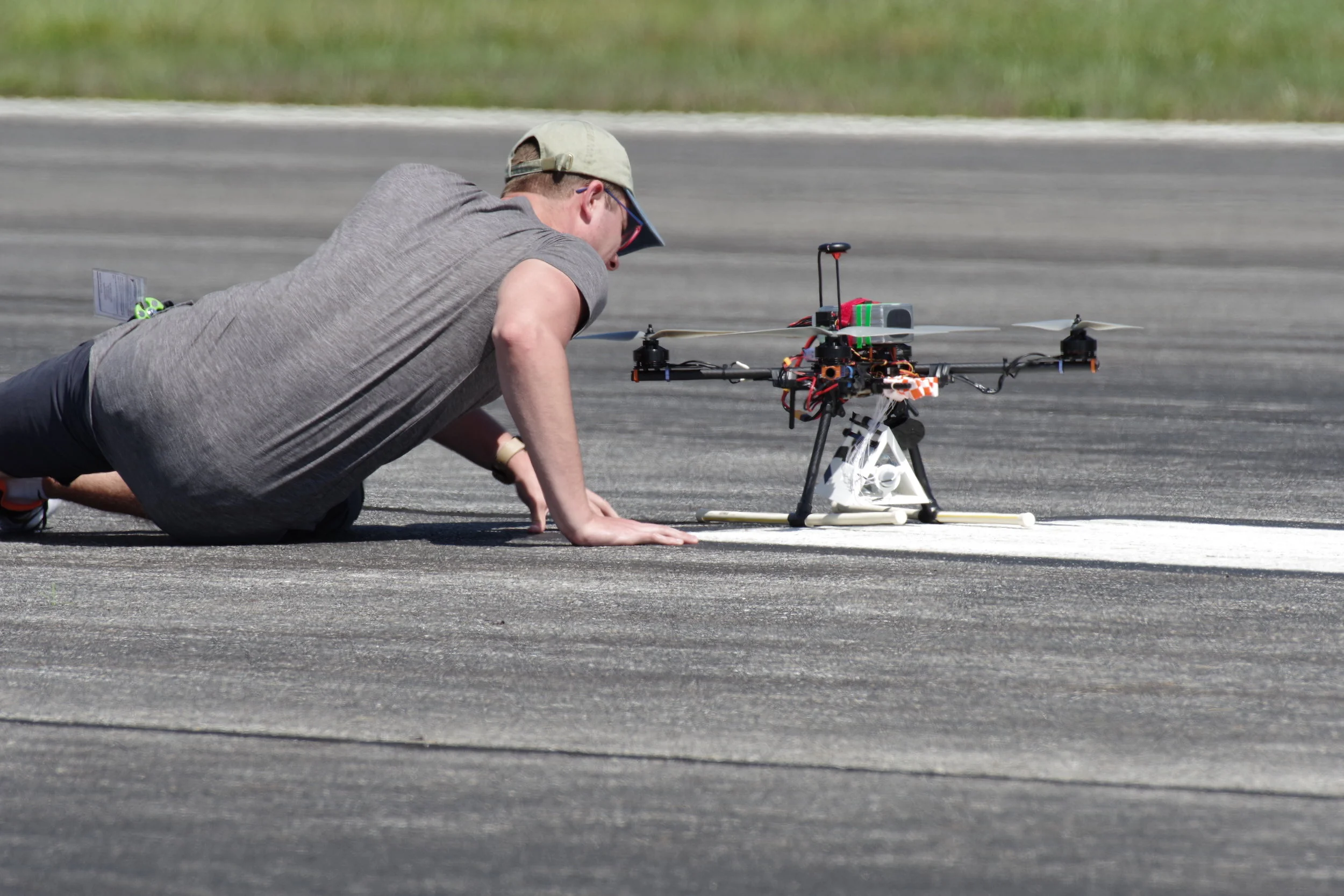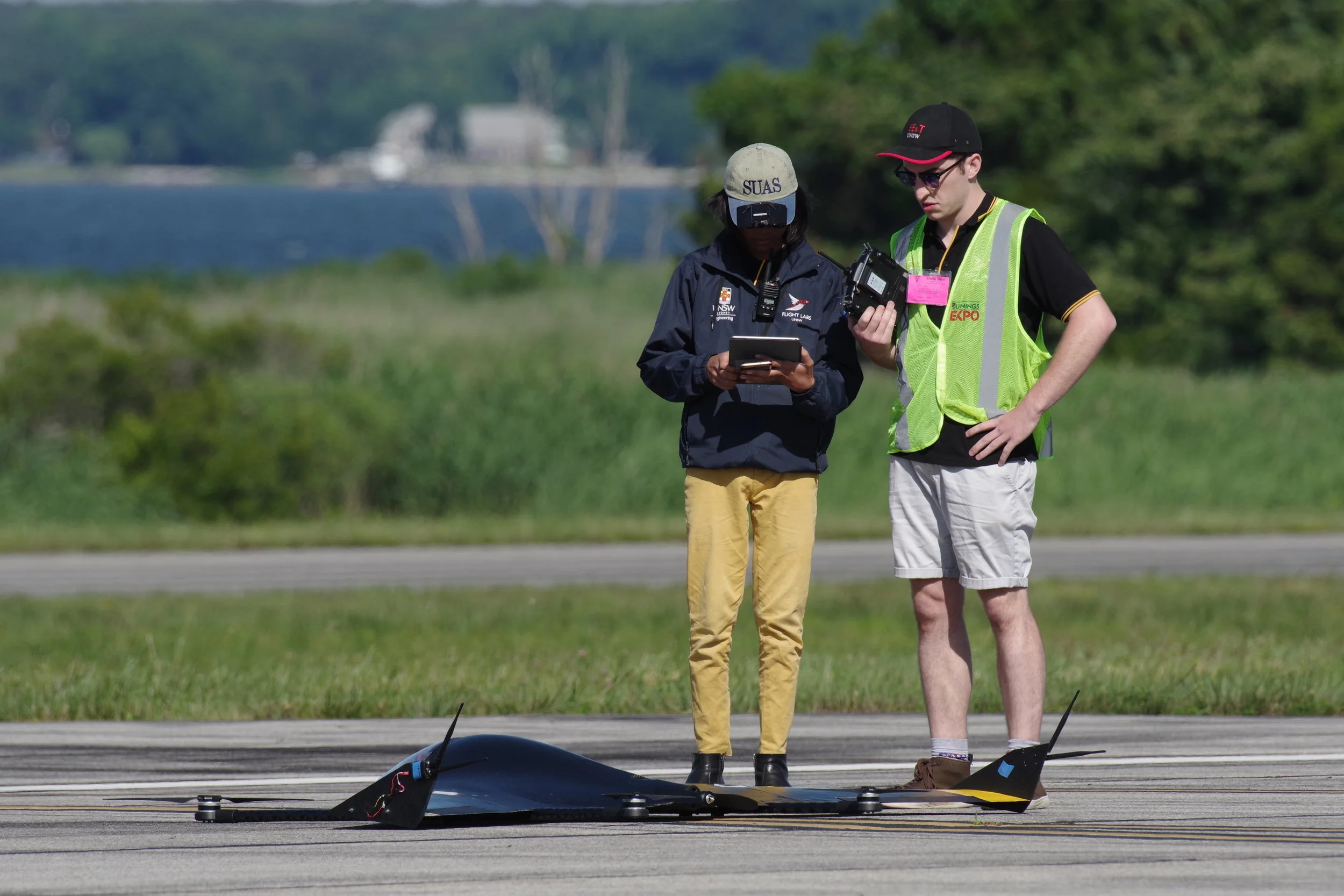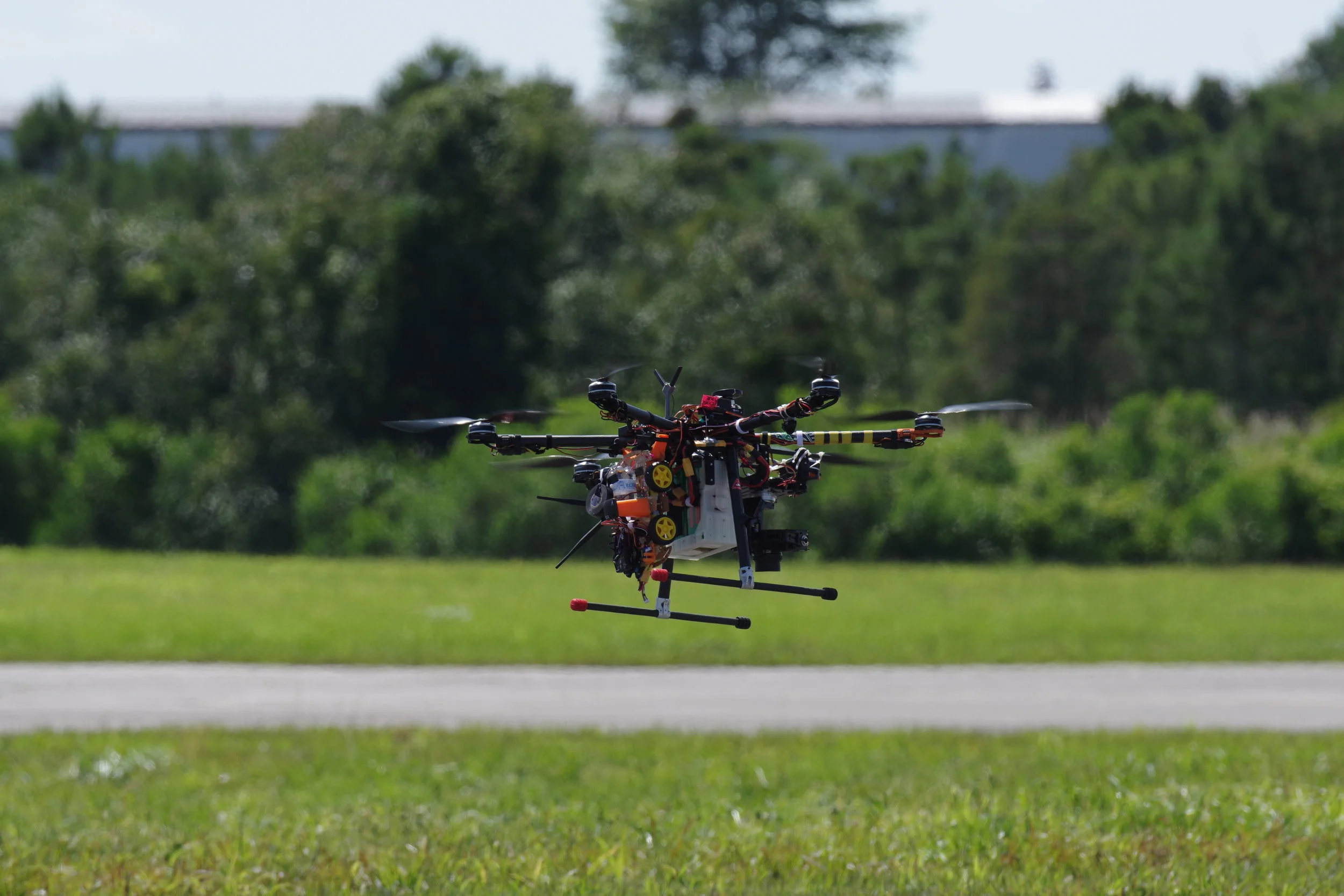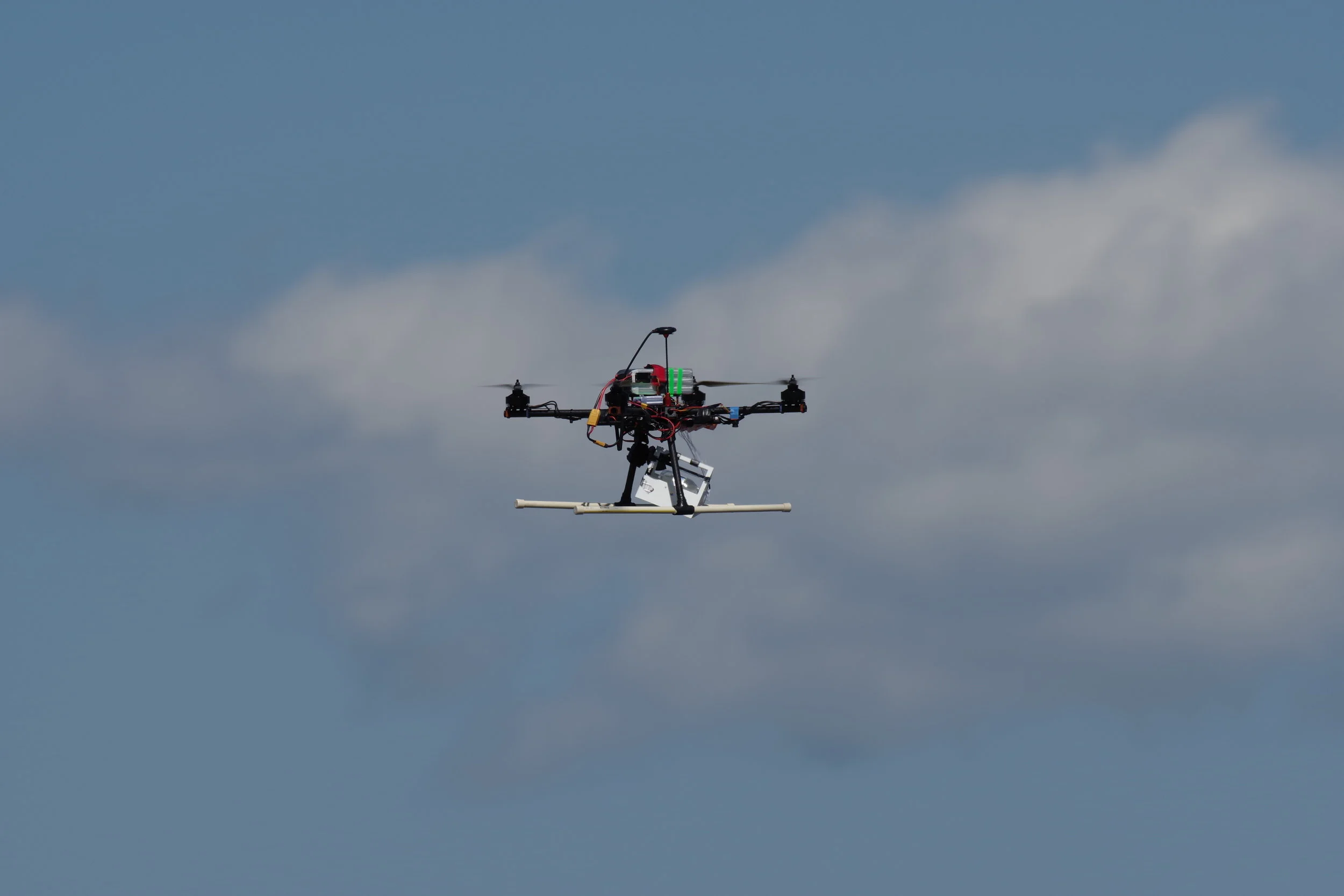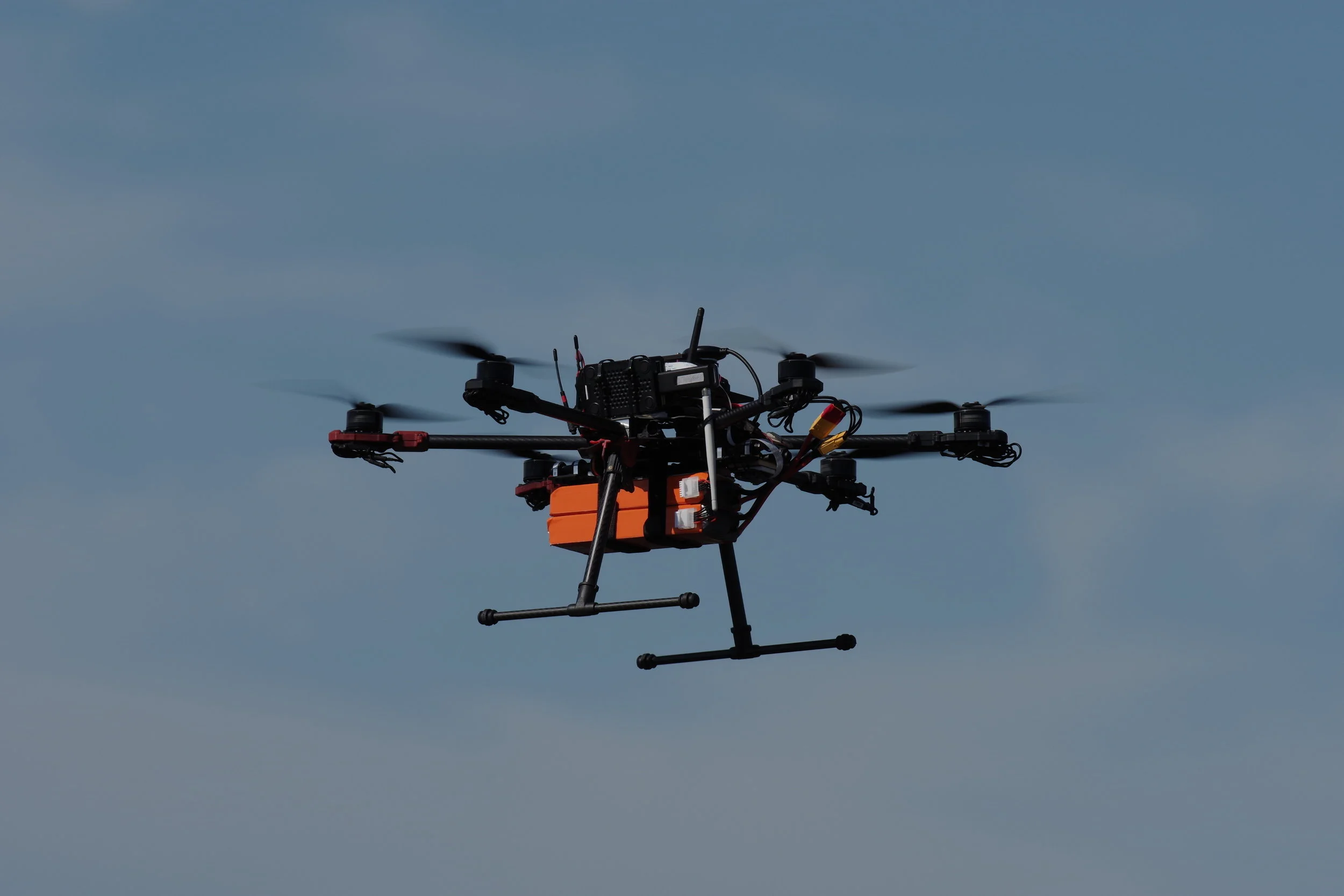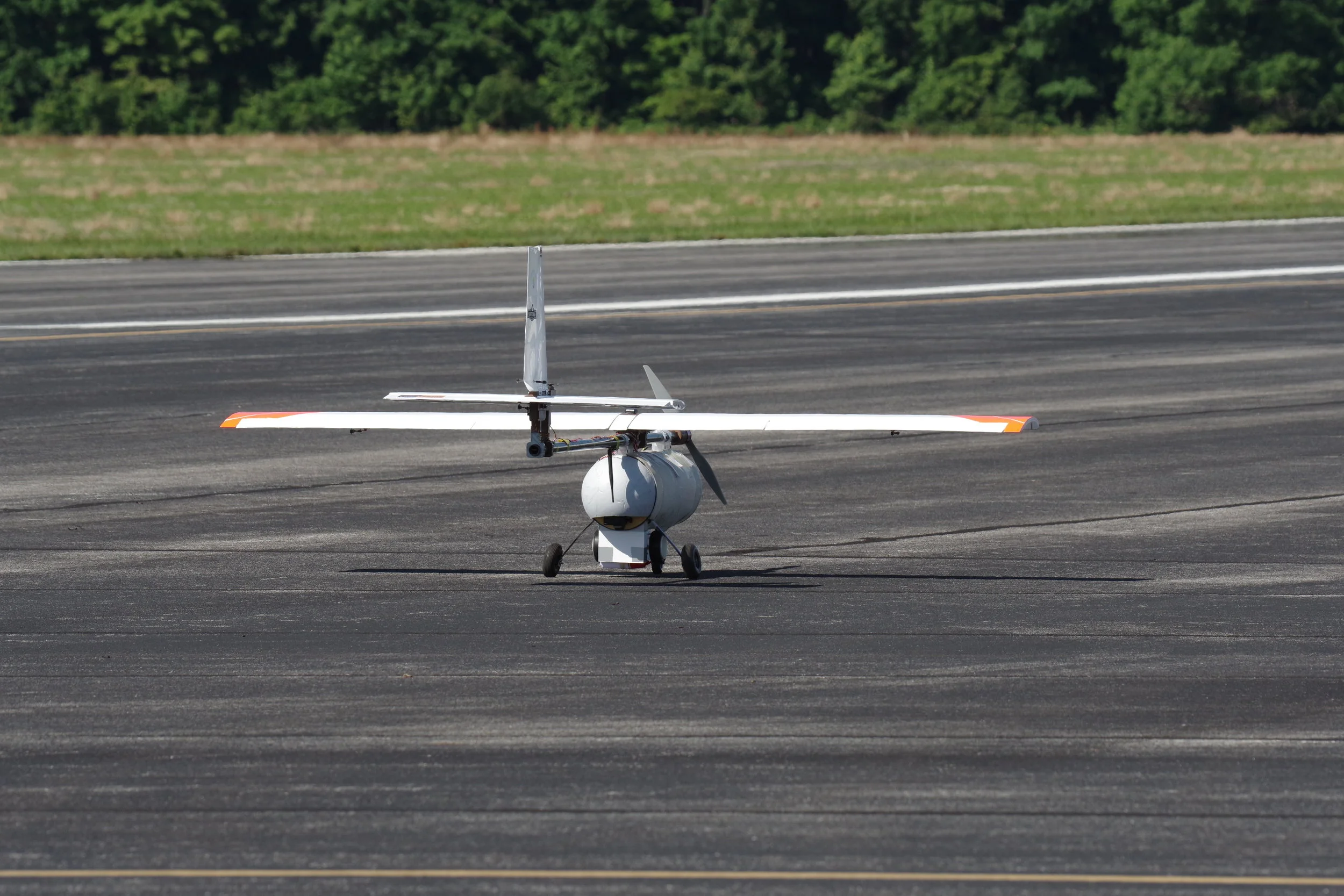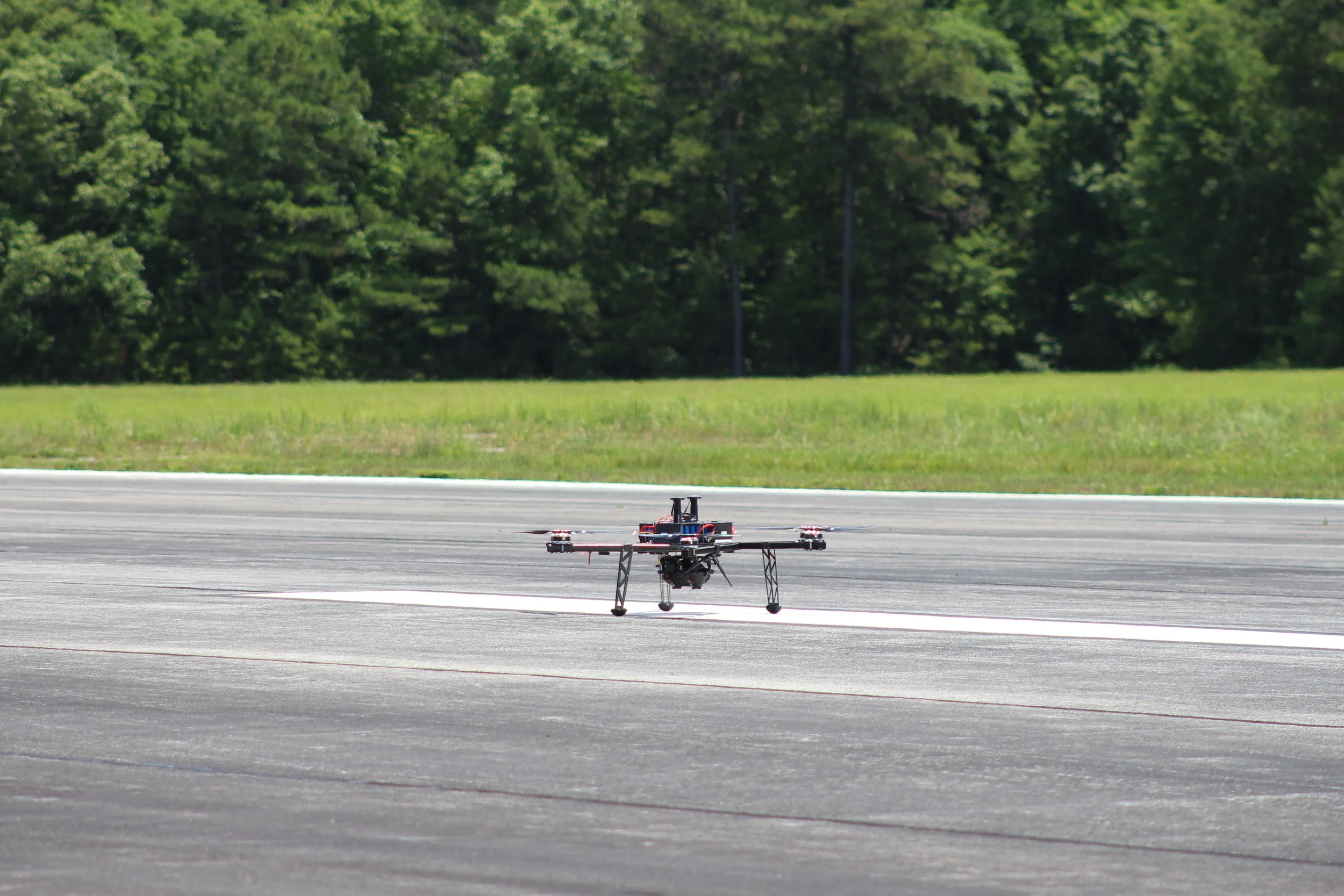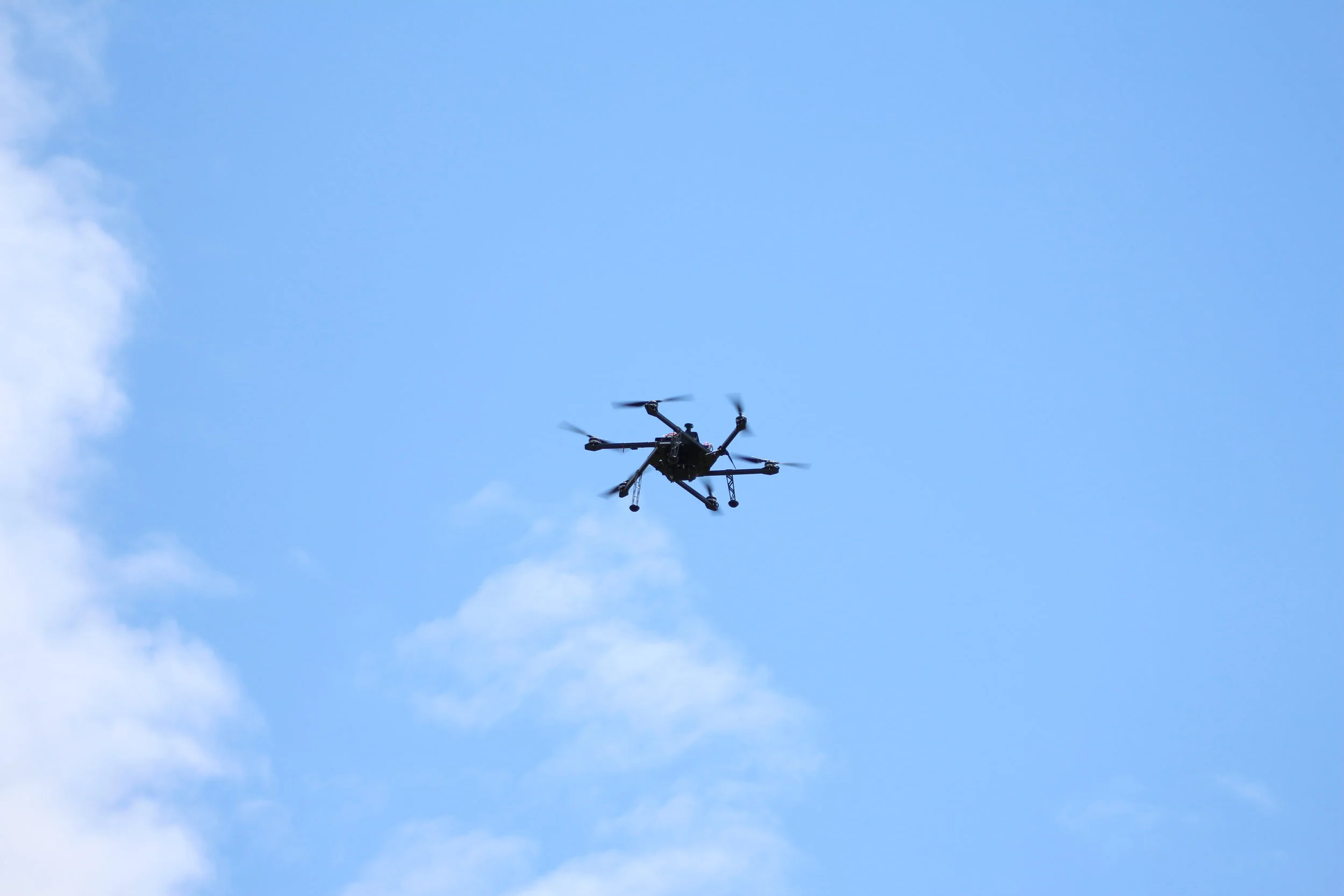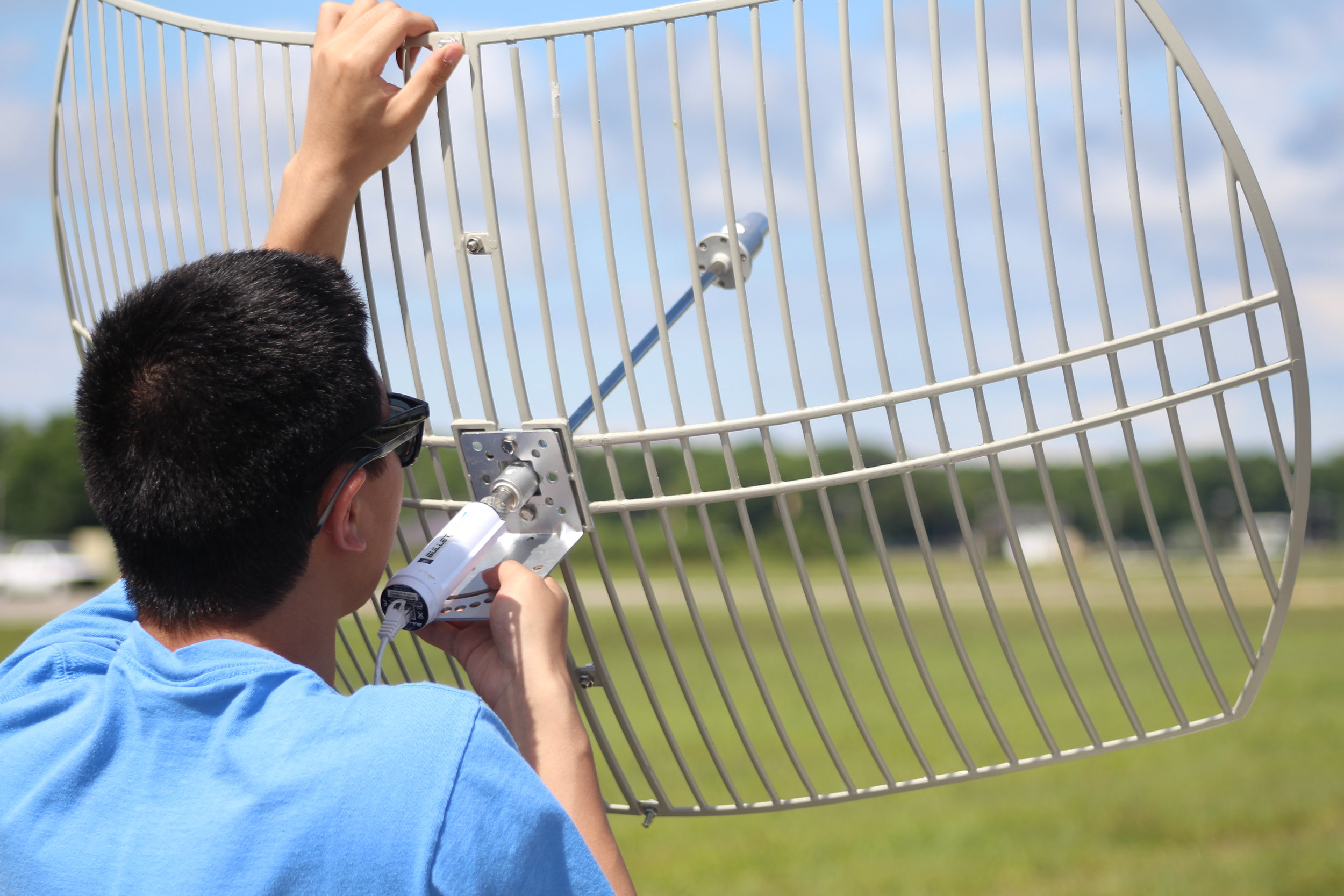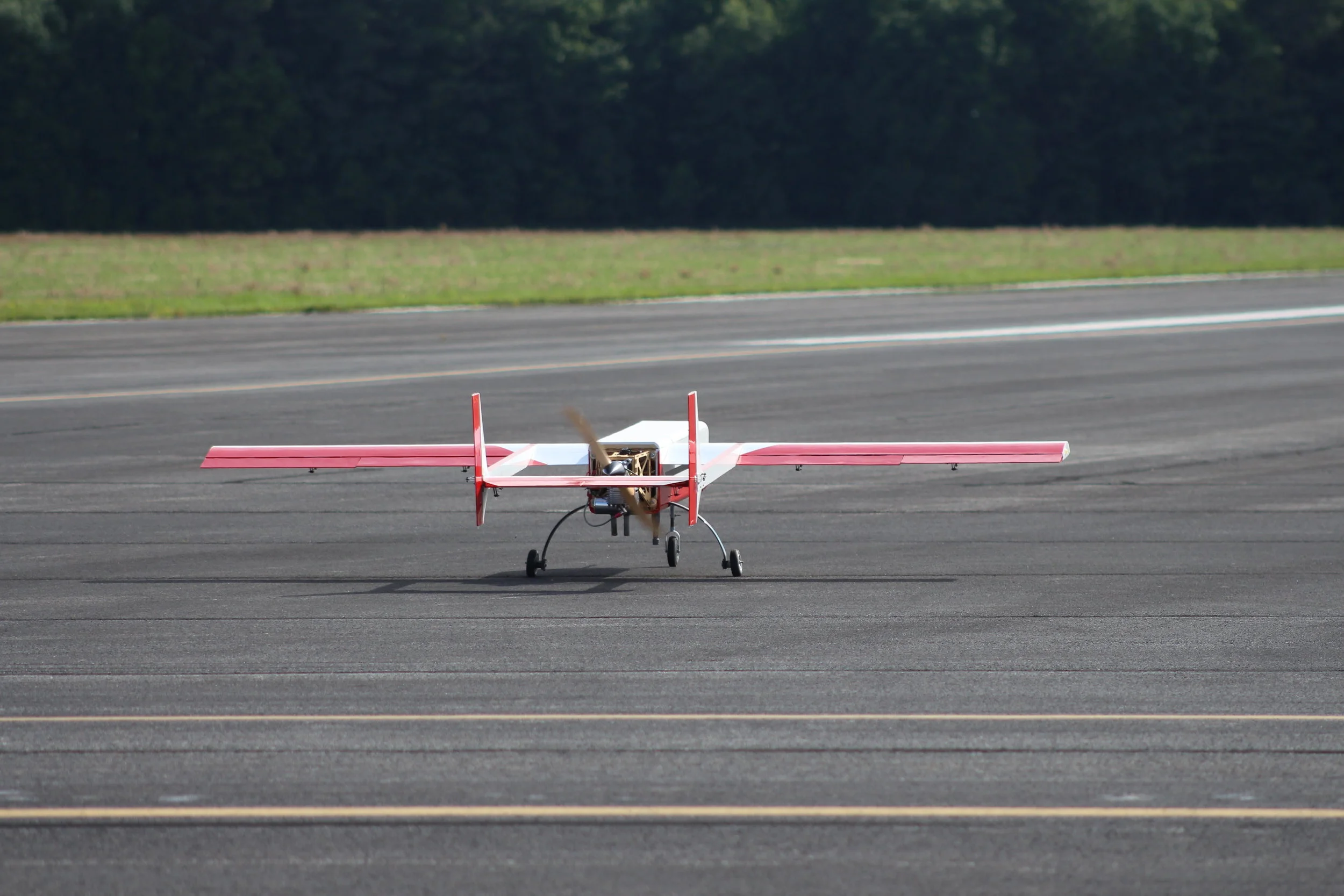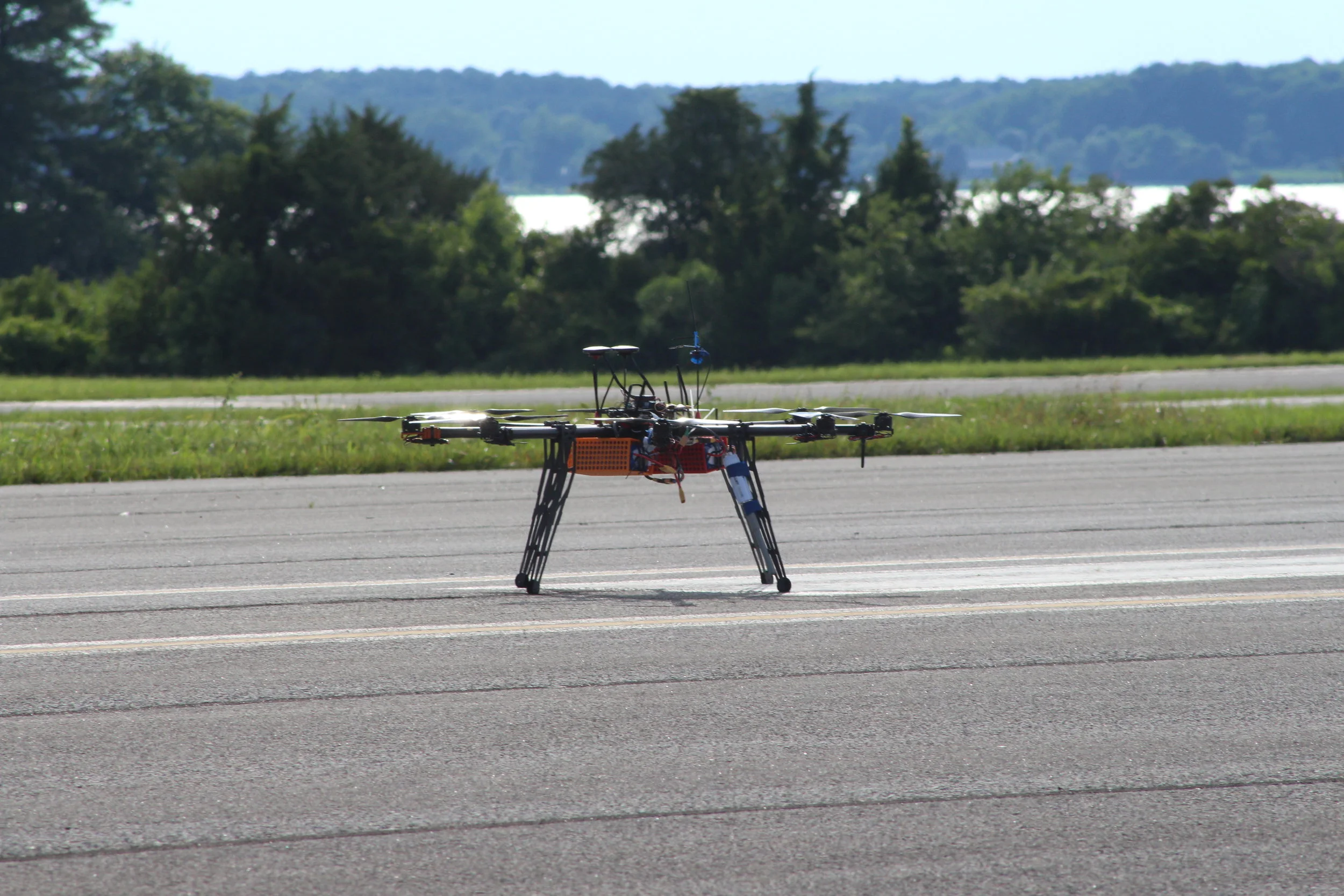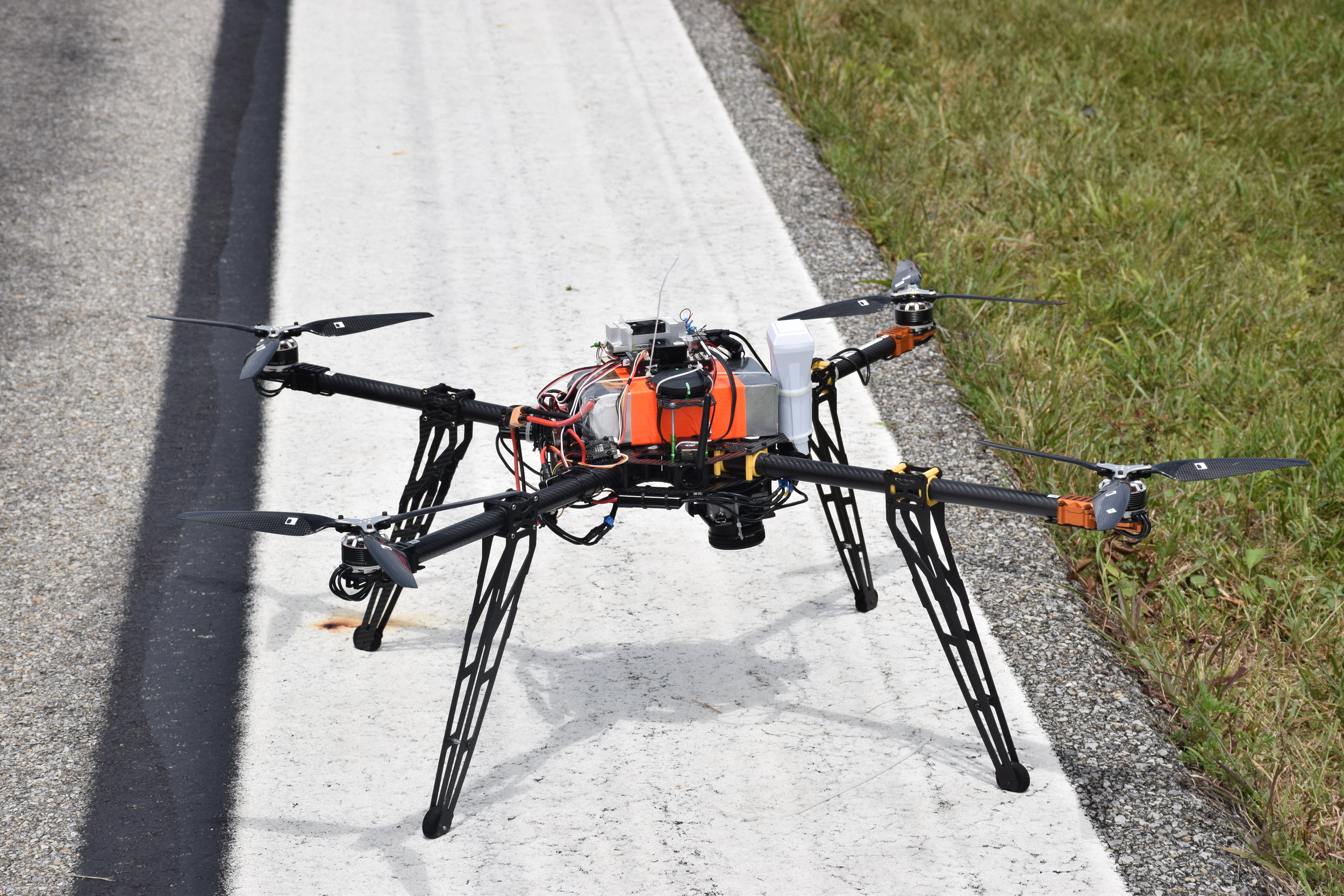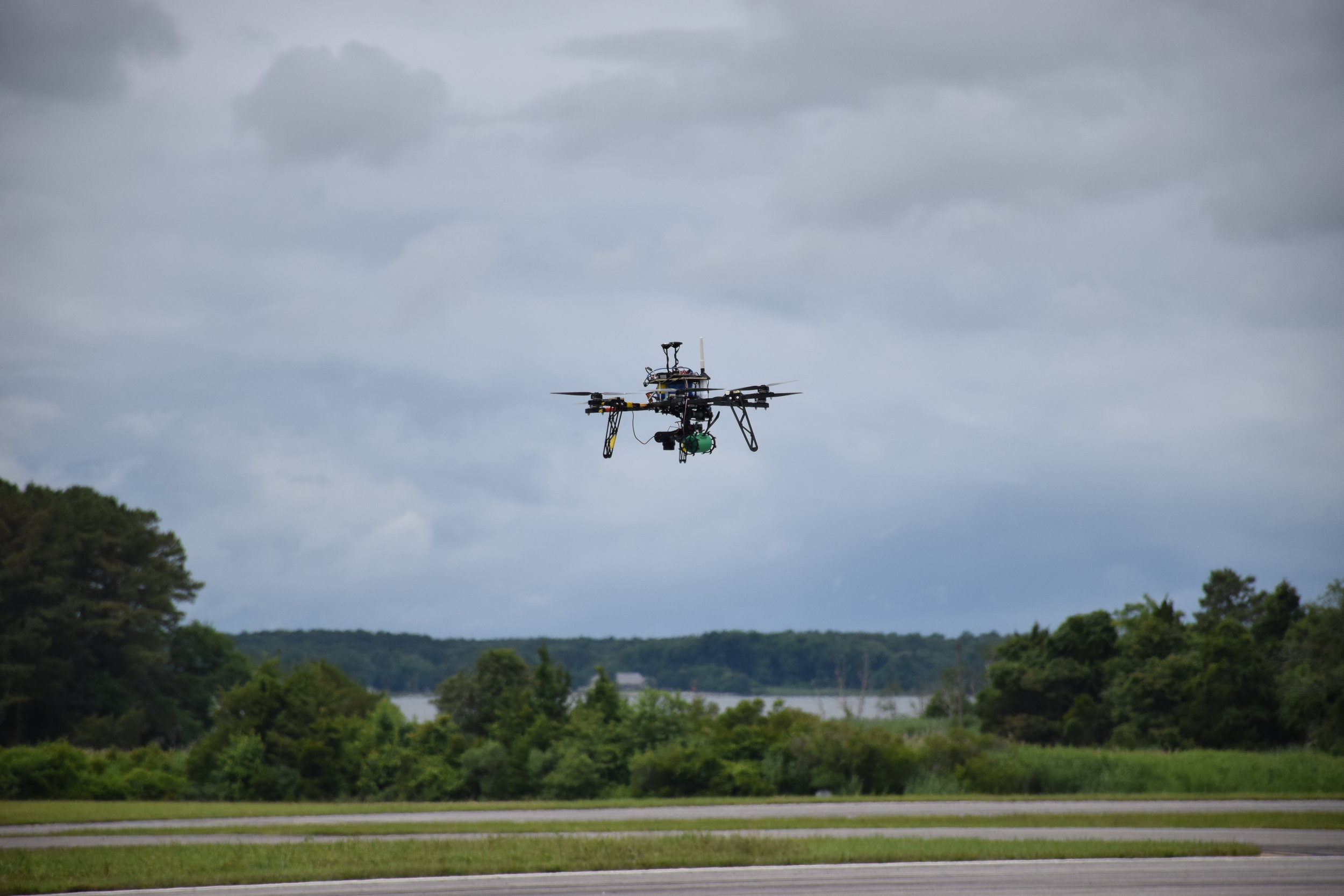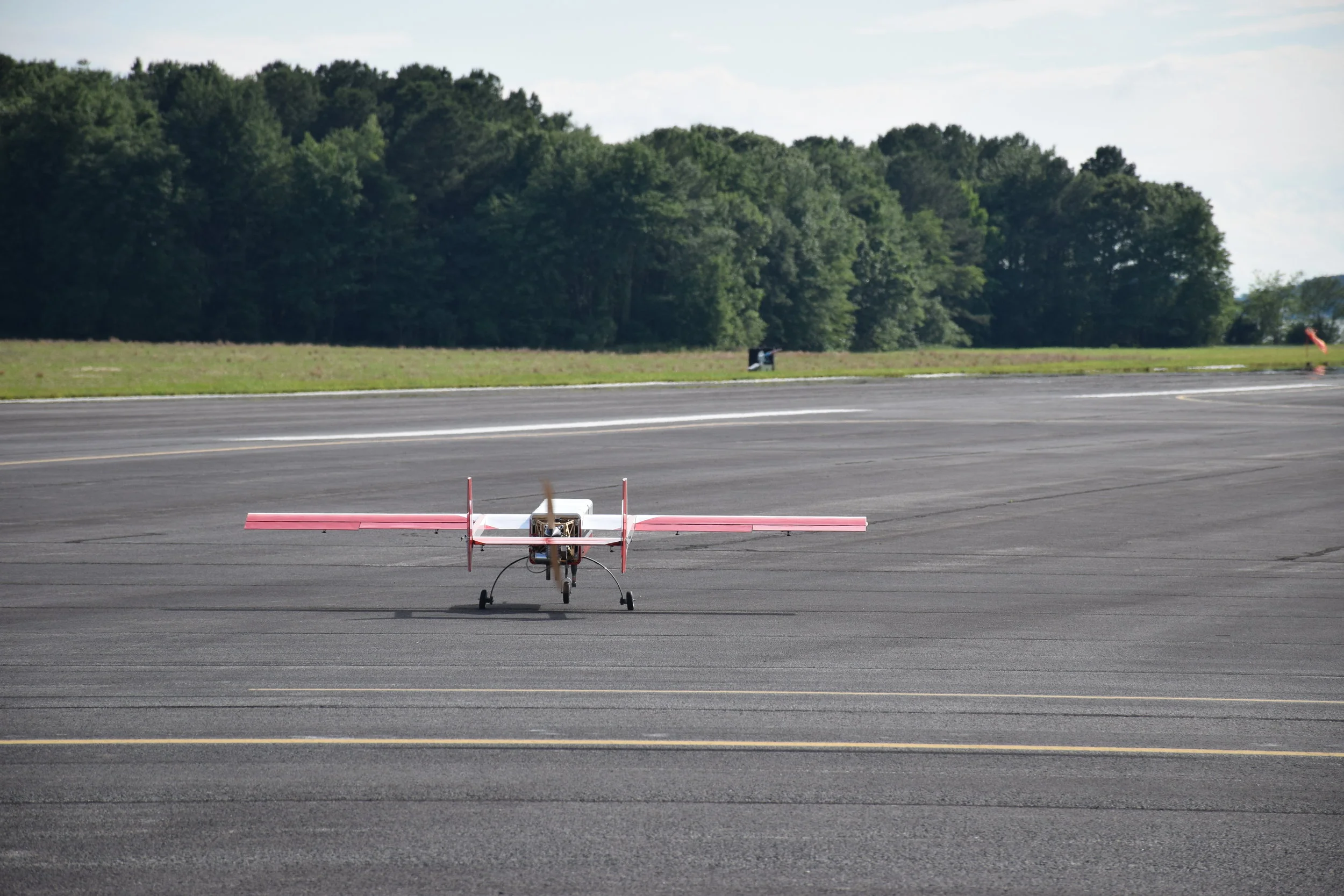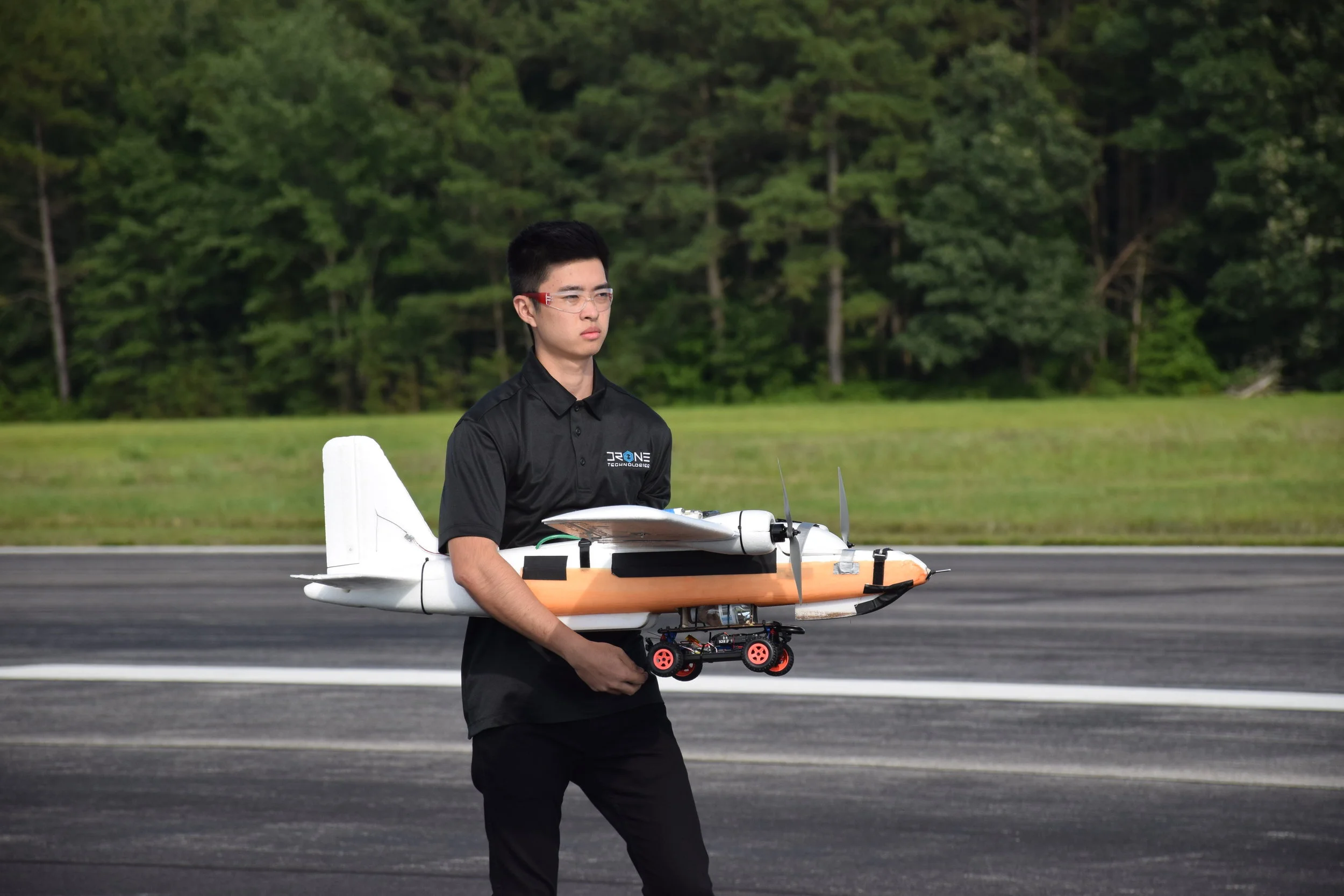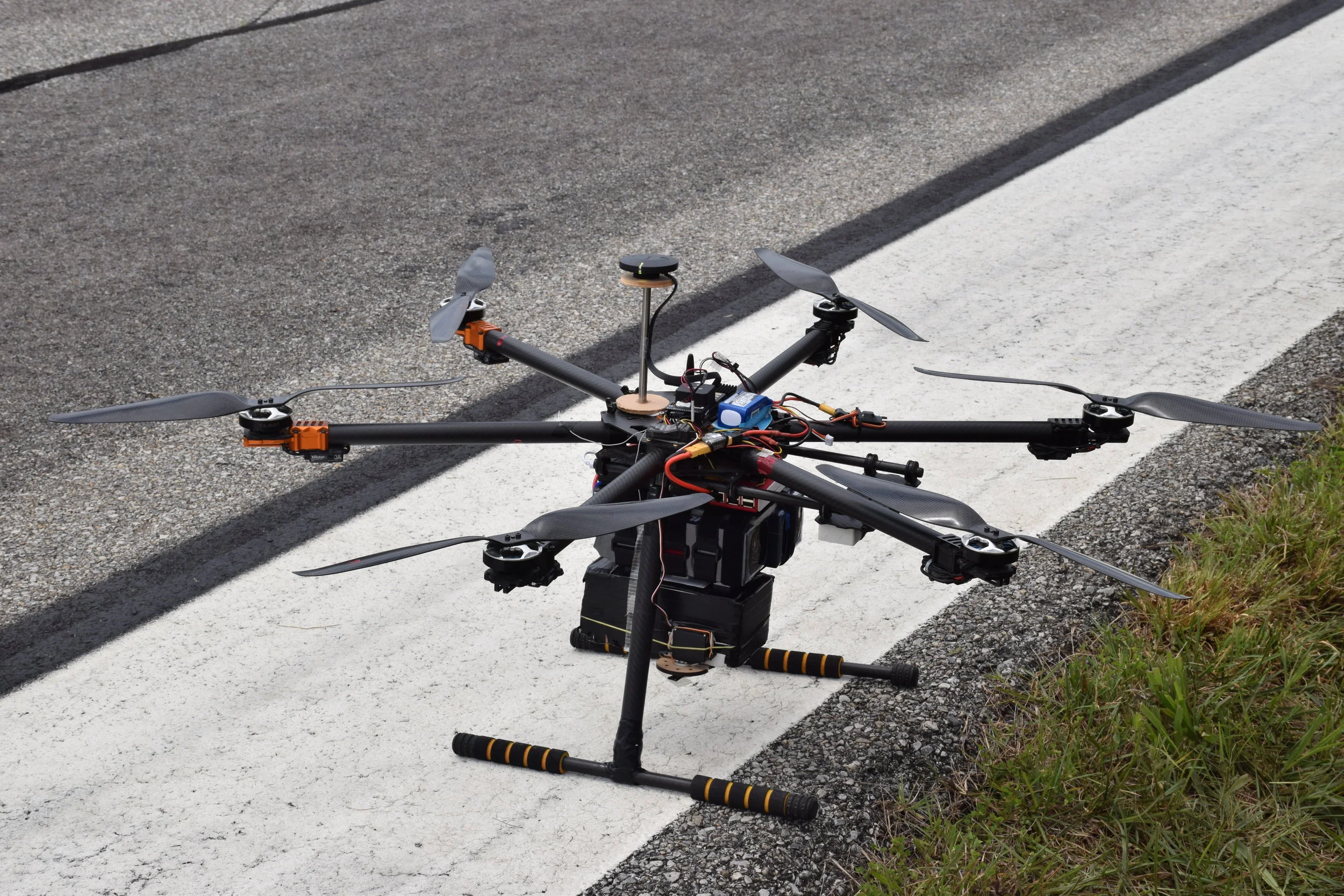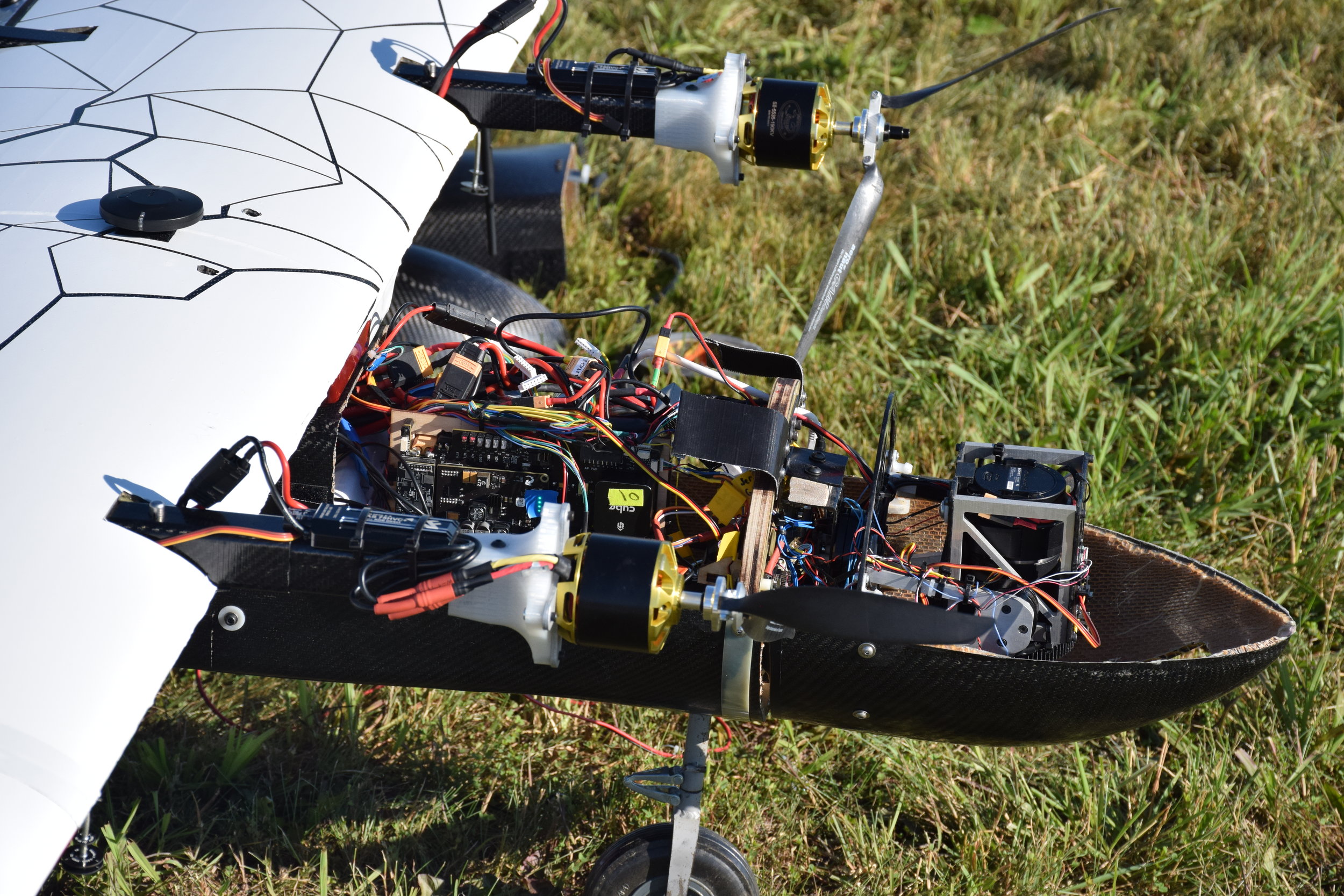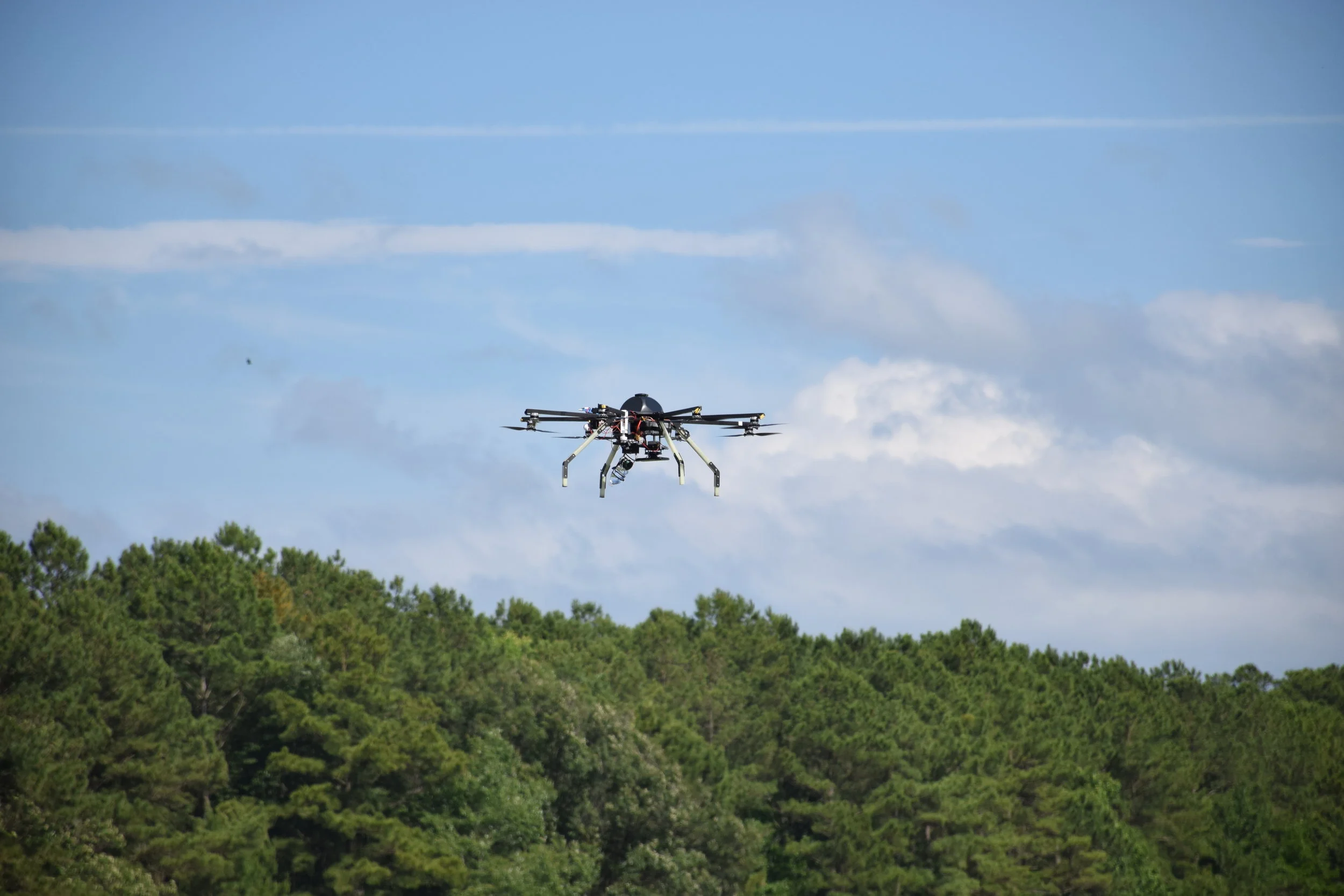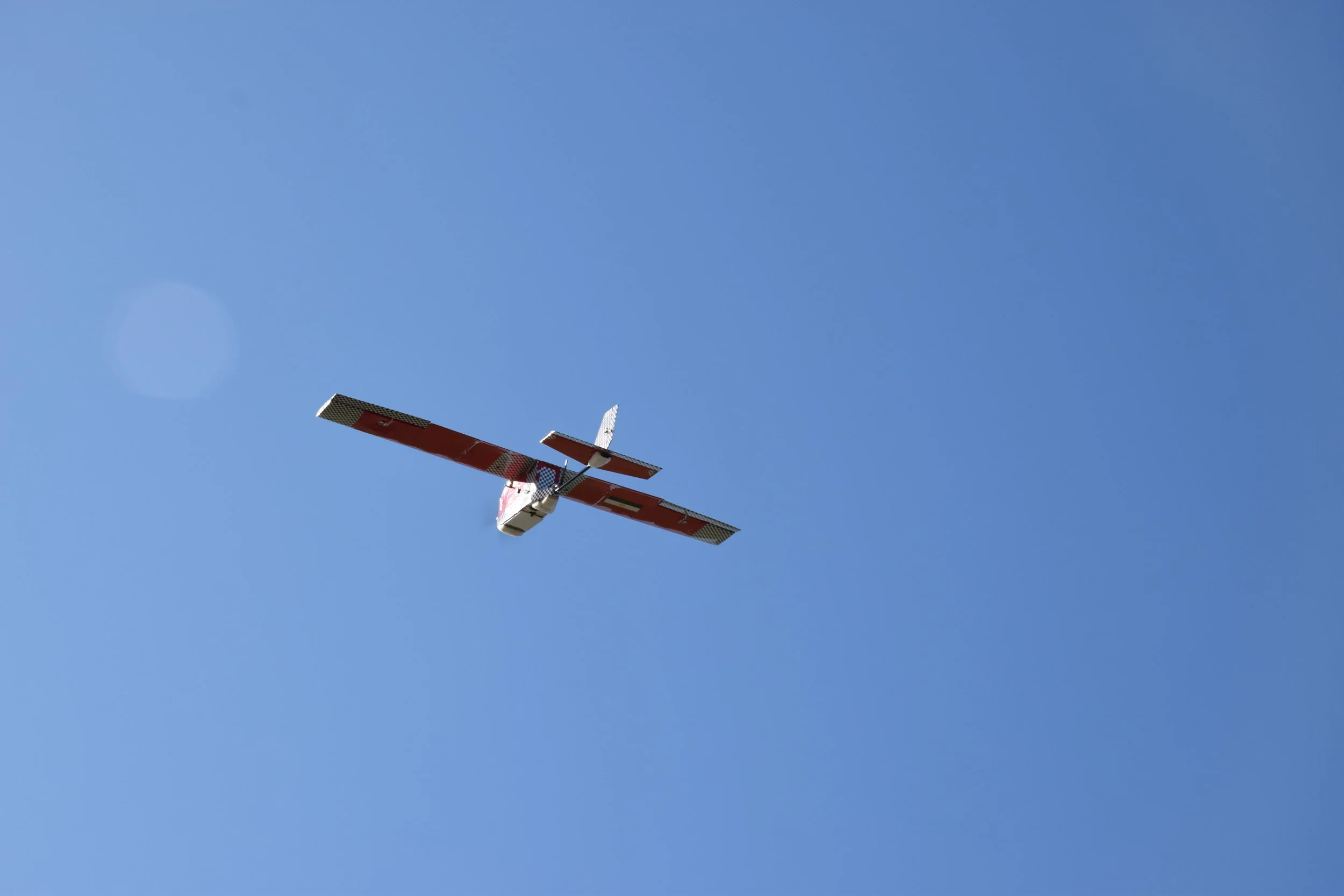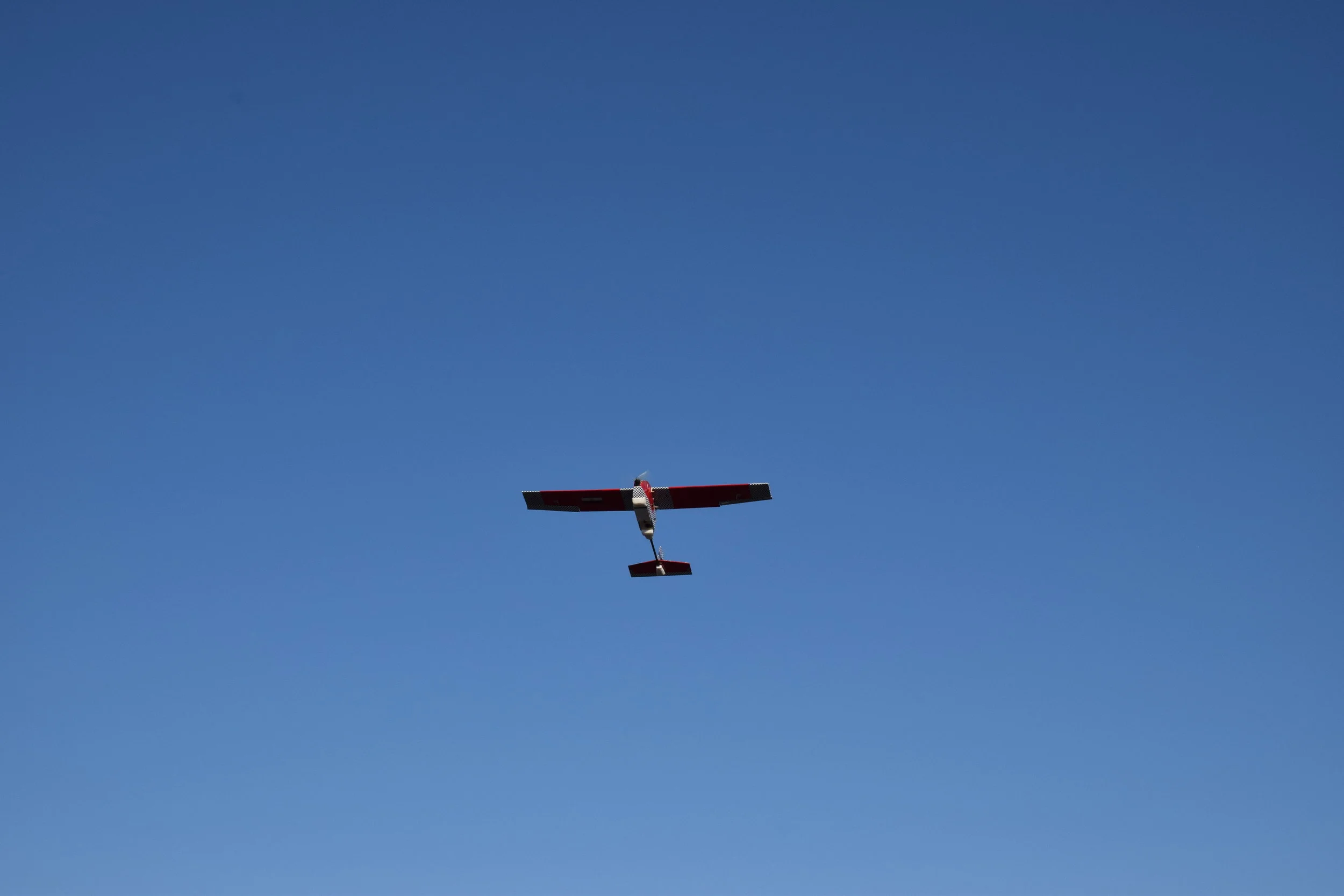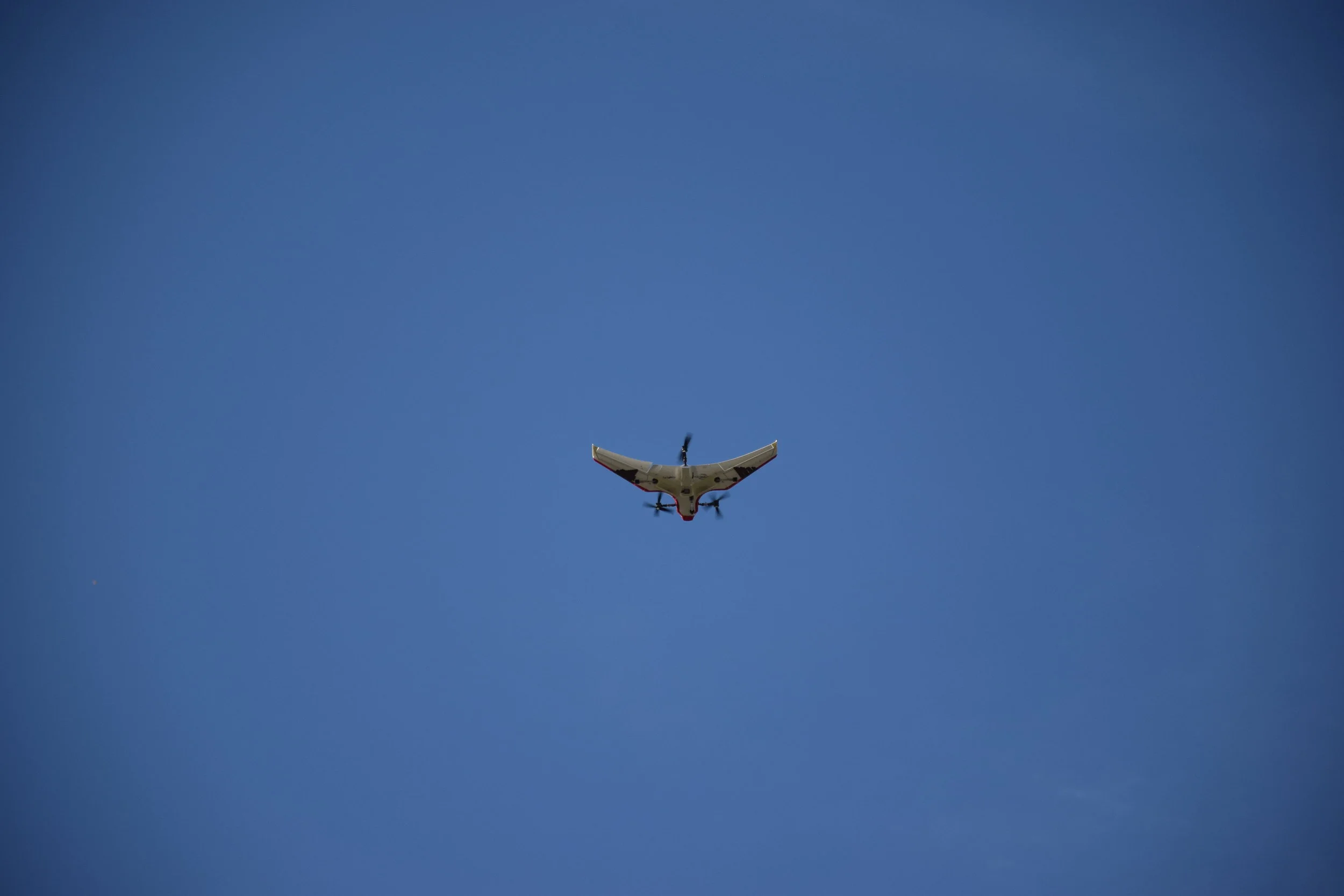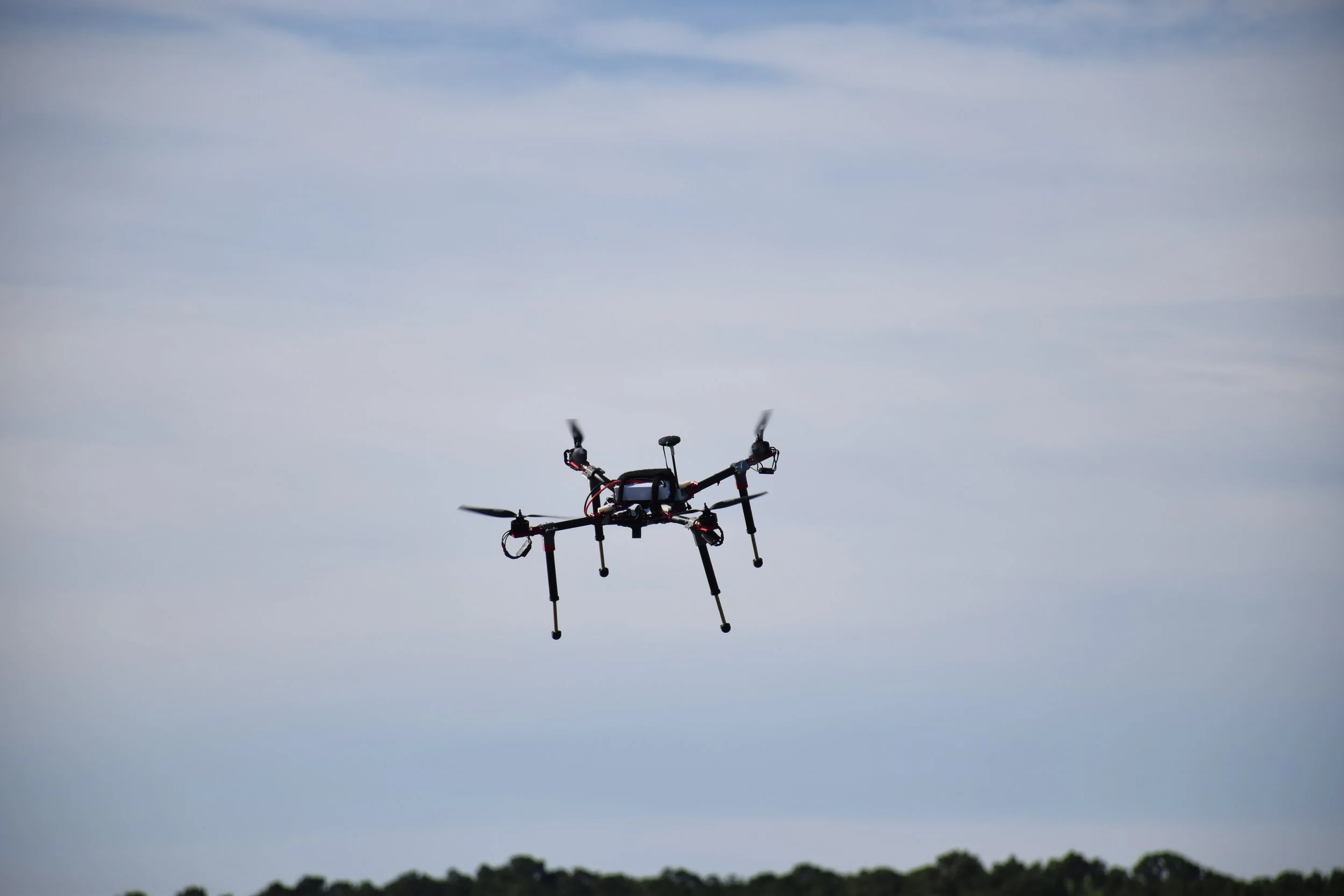SUAS Competition
Student Unmanned Aerial Systems Competition
SUAS Mission
The SUAS competition is designed to
foster interest in Unmanned Aerial Systems (UAS),
stimulate interest in UAS technologies and careers,
and to engage students in a challenging mission.
Hosted by RoboNation
At the 2023 SUAS Competition, RoboNation proudly announced its new role in managing the internationally renowned SUAS Competition. Under the RoboNation banner, SUAS will continue to provide a platform for students from around the world to showcase their ingenuity, technical prowess, and teamwork. Click here to read the full announcement here.
About the Competition
The competition requires students to design, integrate, report on, and demonstrate a UAS capable of autonomous flight and navigation, remote sensing via onboard payload sensors, and execution of a specific set of tasks. The competition has been held annually since 2002.
St. Mary's County Regional Airport (2W6)
The competition is held at St. Mary's County Regional Airport (2W6) in St. Mary's County, Maryland.
Autonomous Aerial Missions
The competition focuses on Unmanned Aerial Systems (UAS) performing autonomous missions. Many of the tasks require autonomy to be eligible, and others receive more points for autonomy.
Technical Design & Flight Readiness Review, Mission Demonstration
The competition has 2 major graded components: a Technical Design and Flight Readiness Review Presentation which describes the systems engineering approach, the UAS design, mission readiness, and what testing gives them confidence, and a Mission Demonstration where the team is evaluated on performance.
Mission Tasks
The competition has a series of tasks that should be completed by the UAS system built. The competition changes these tasks year-to-year to reflect the forefront of the UAS industry. The tasks are joined to form a simulated real-world mission. Example tasks:
Autonomous Flight. The UAS must take off, fly within boundaries, navigate a series of waypoints, and land.
Obstacle Avoidance. The UAS must avoid other aircraft sharing the airspace through sense-detect-avoid.
Object Detection, Classification, Localization. The UAS takes pictures of a search area, detects objects of interest, classifies its characteristics, and provides a GPS position.
Air Delivery. The UAS autonomously drops a payload object so that it lands undamaged at a target GPS position.
